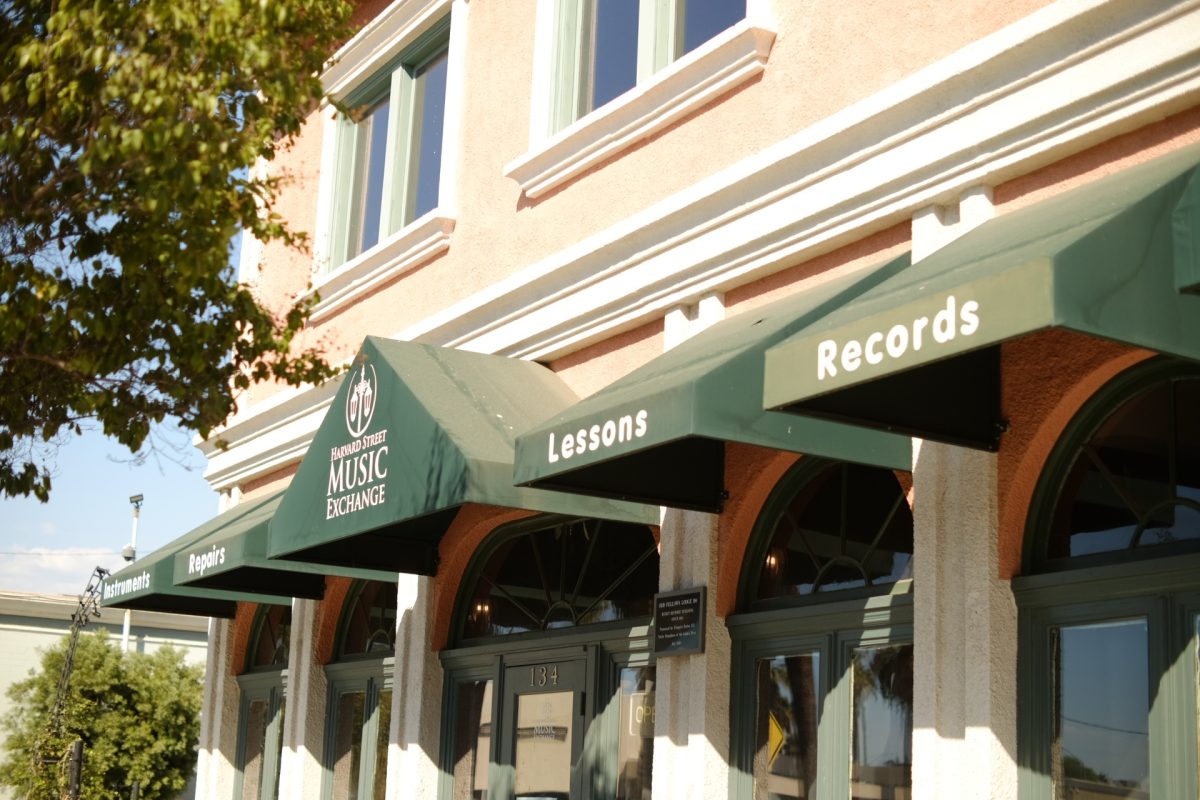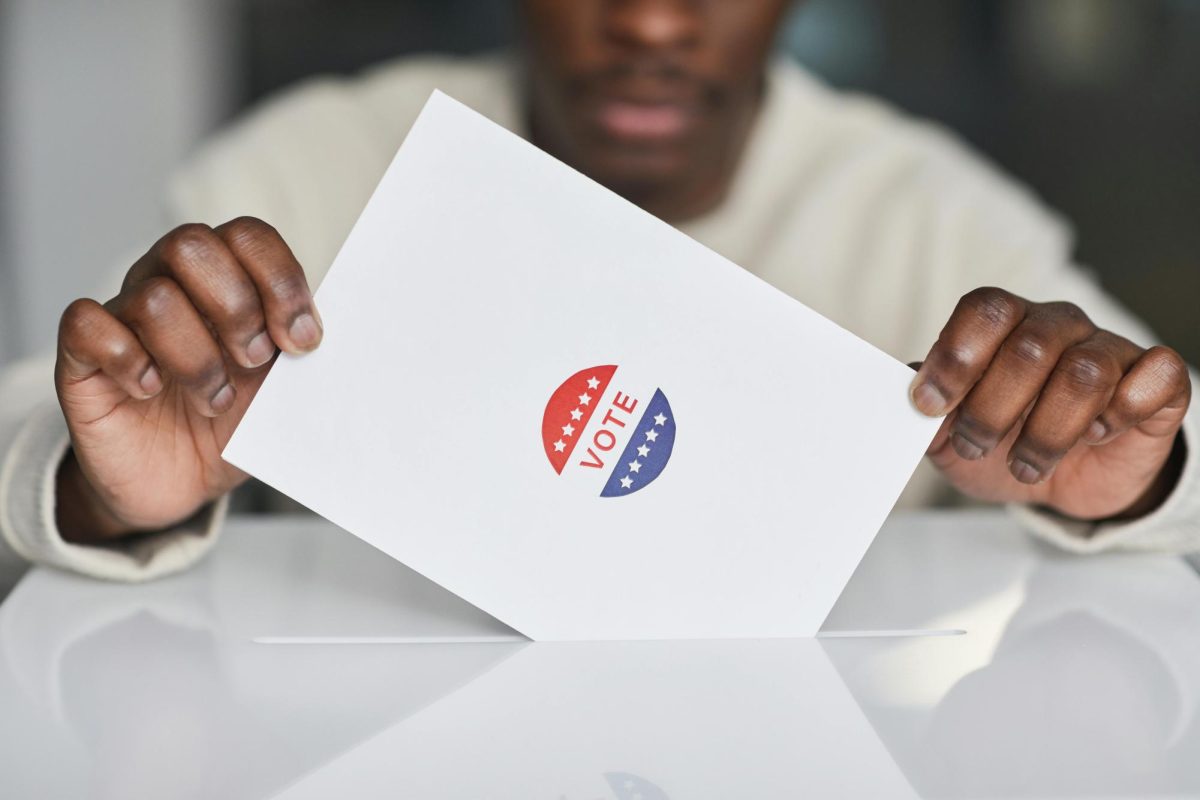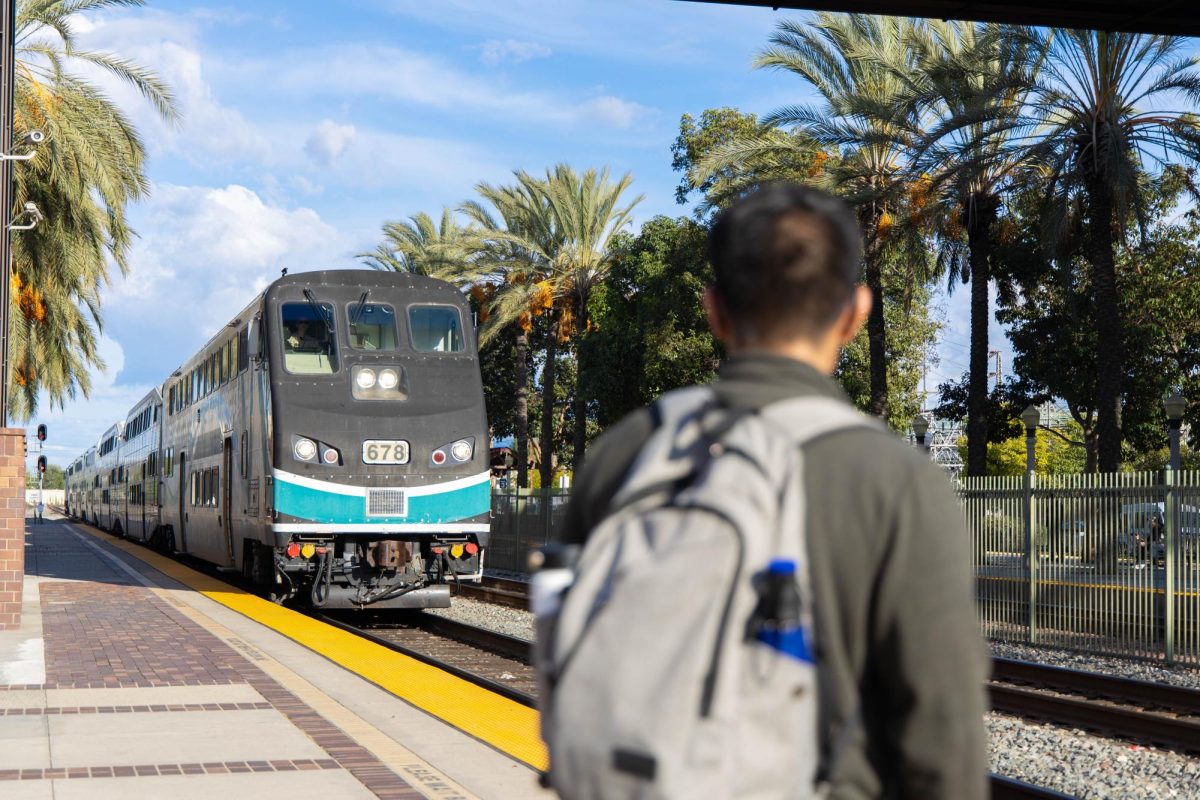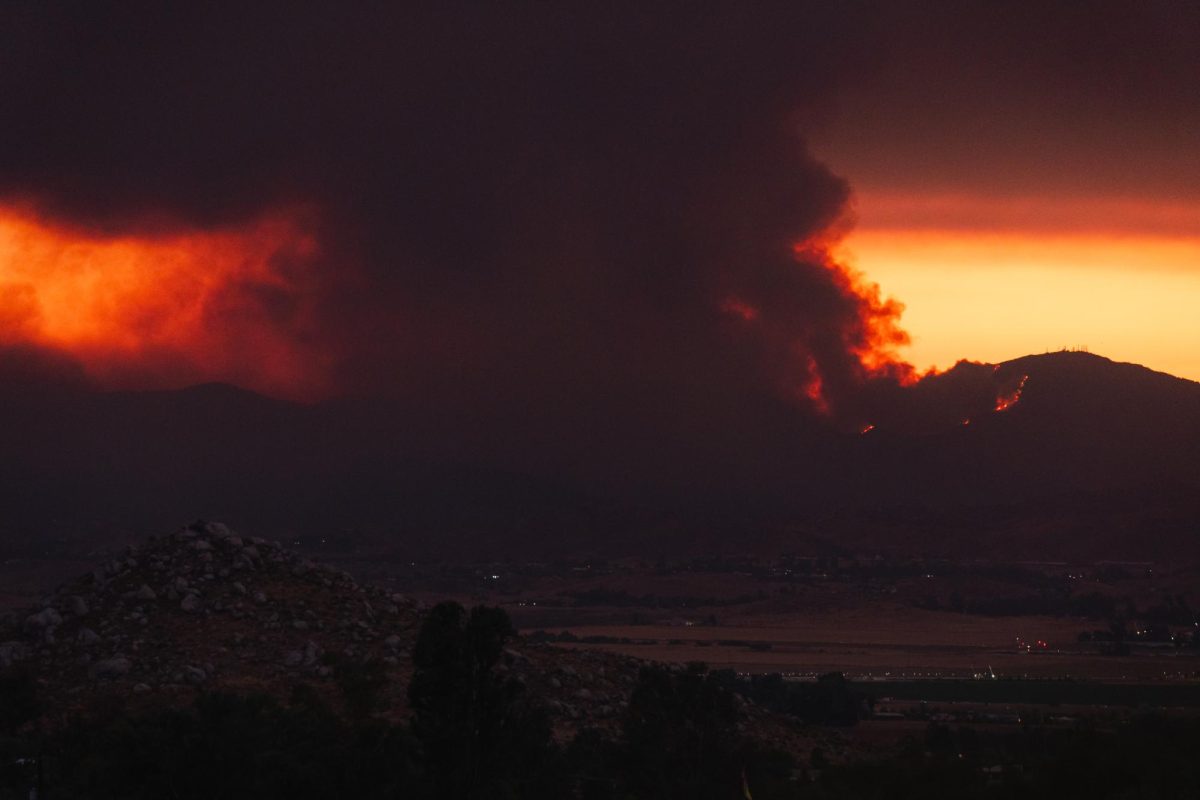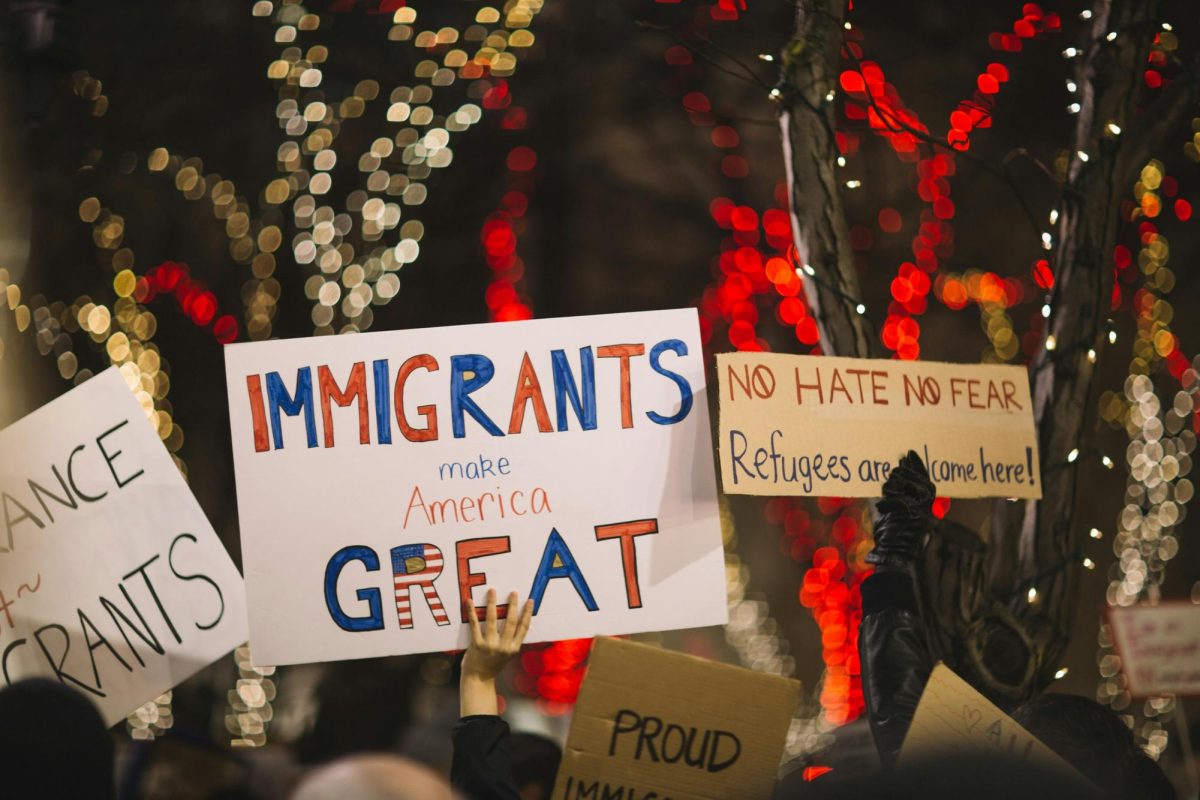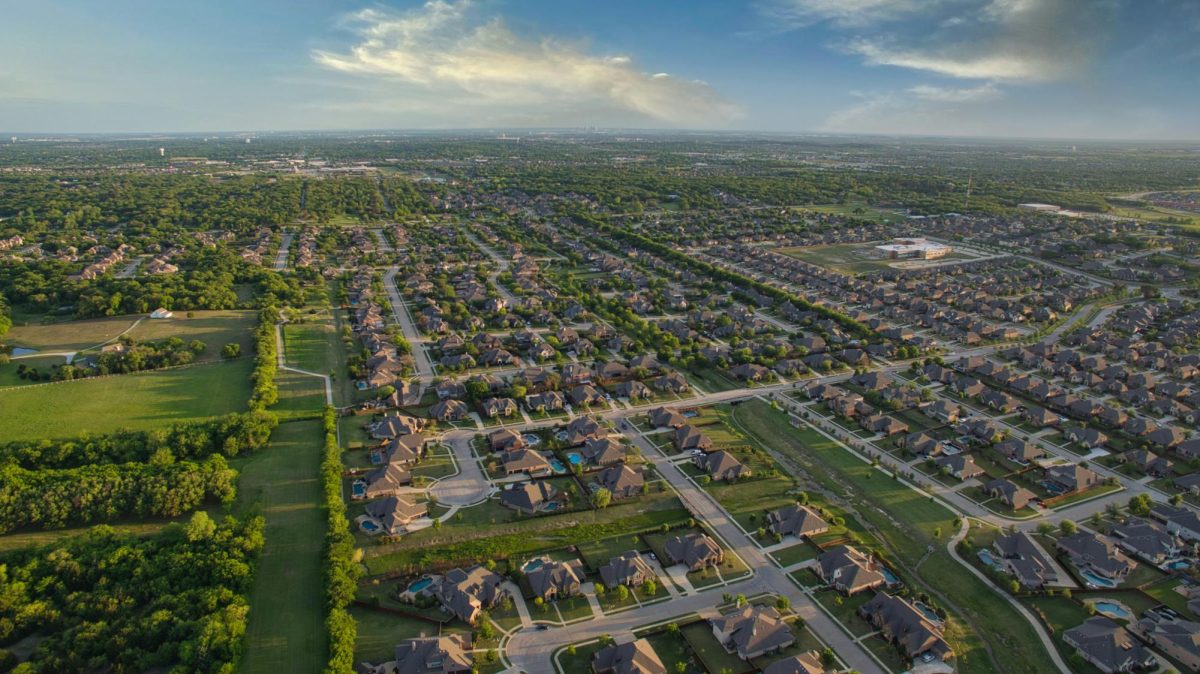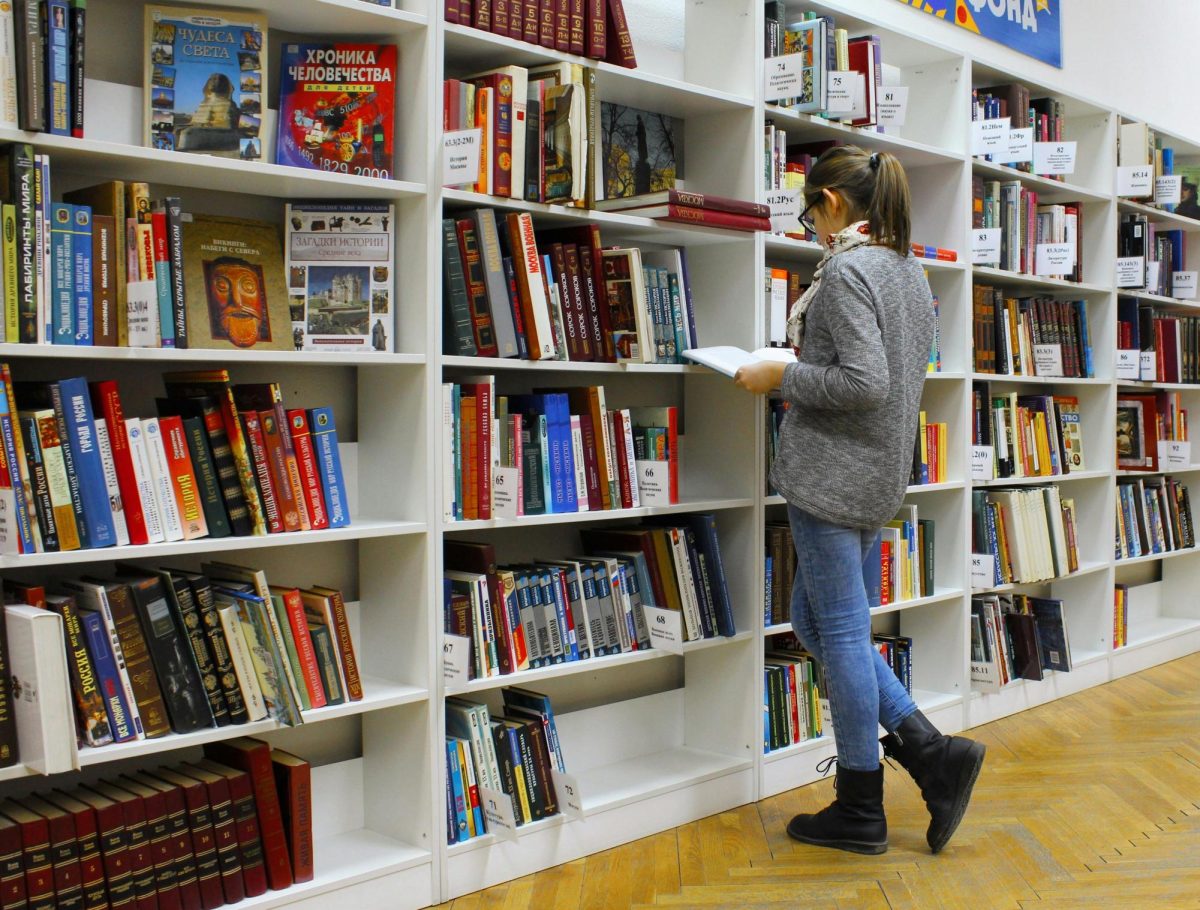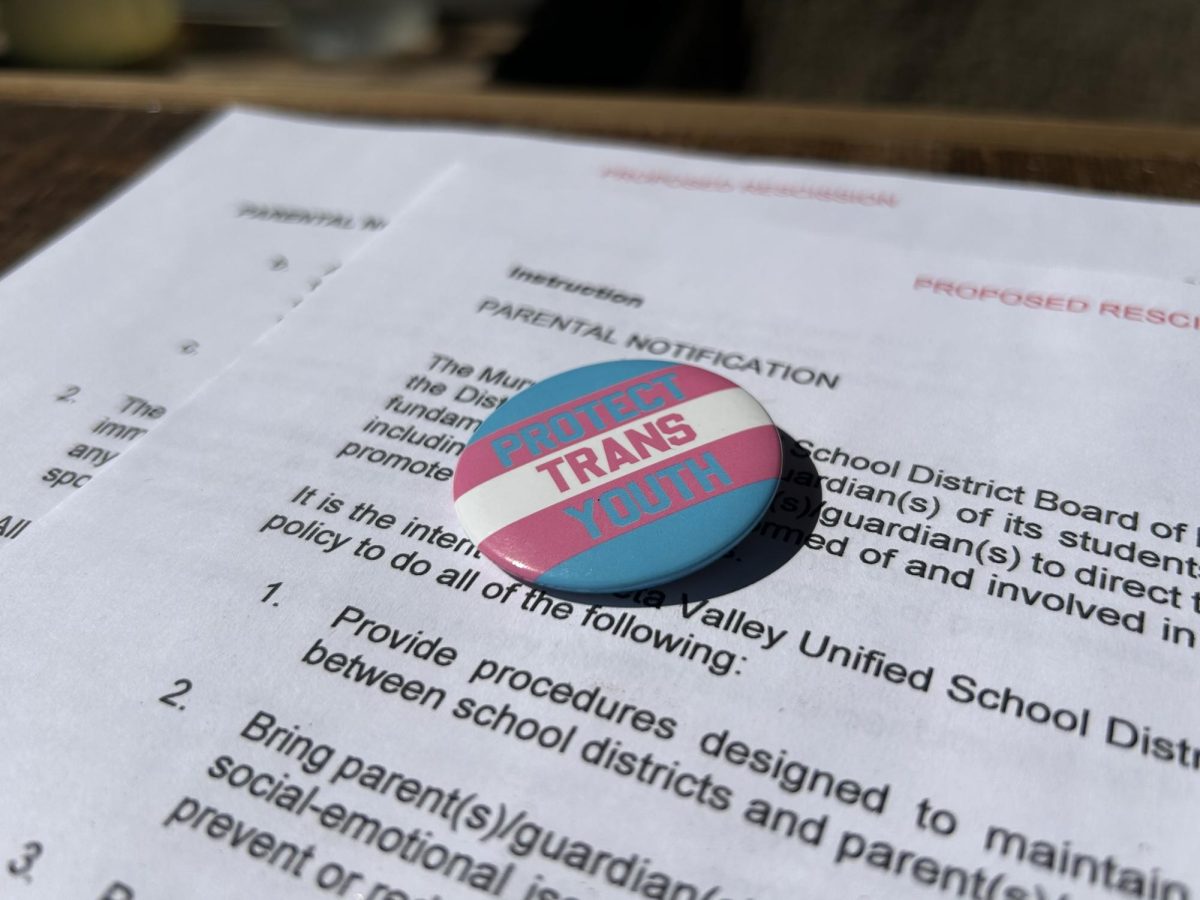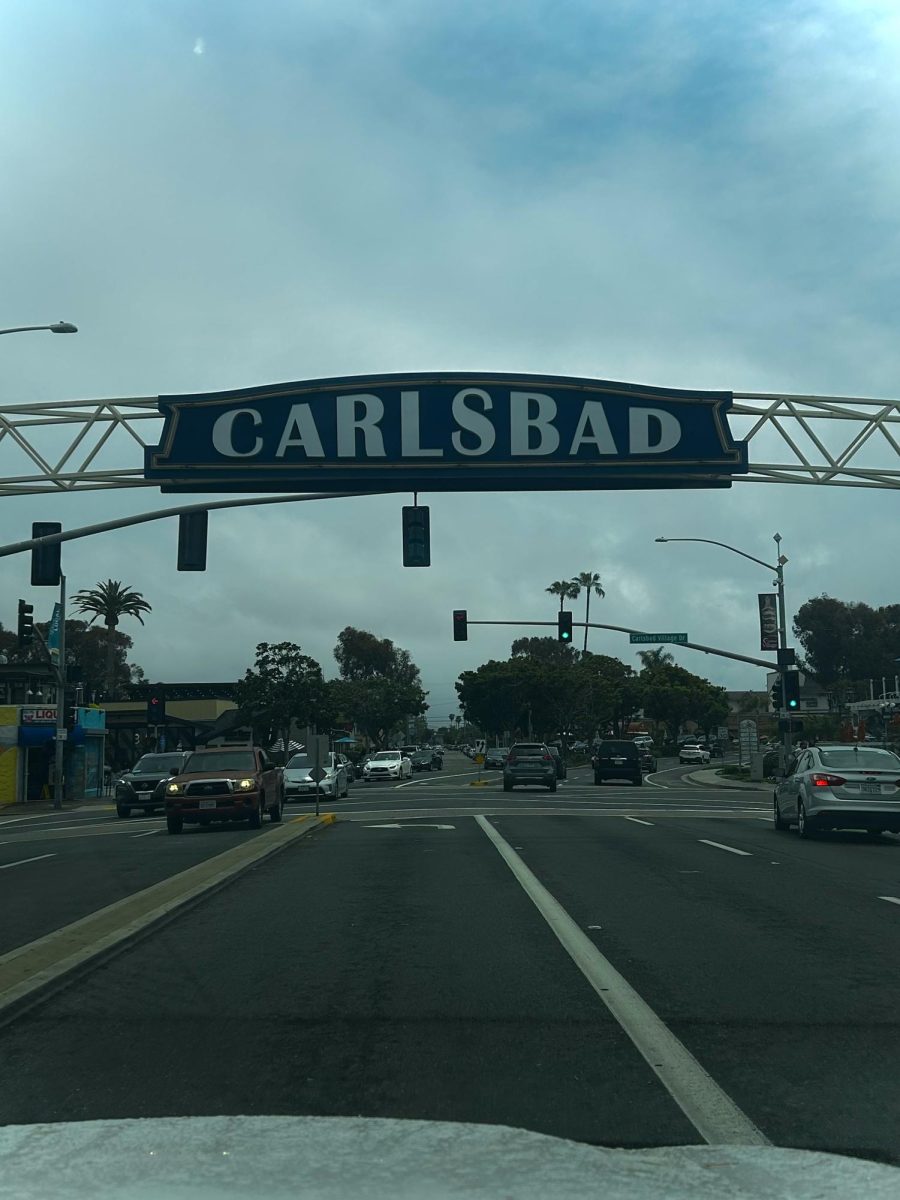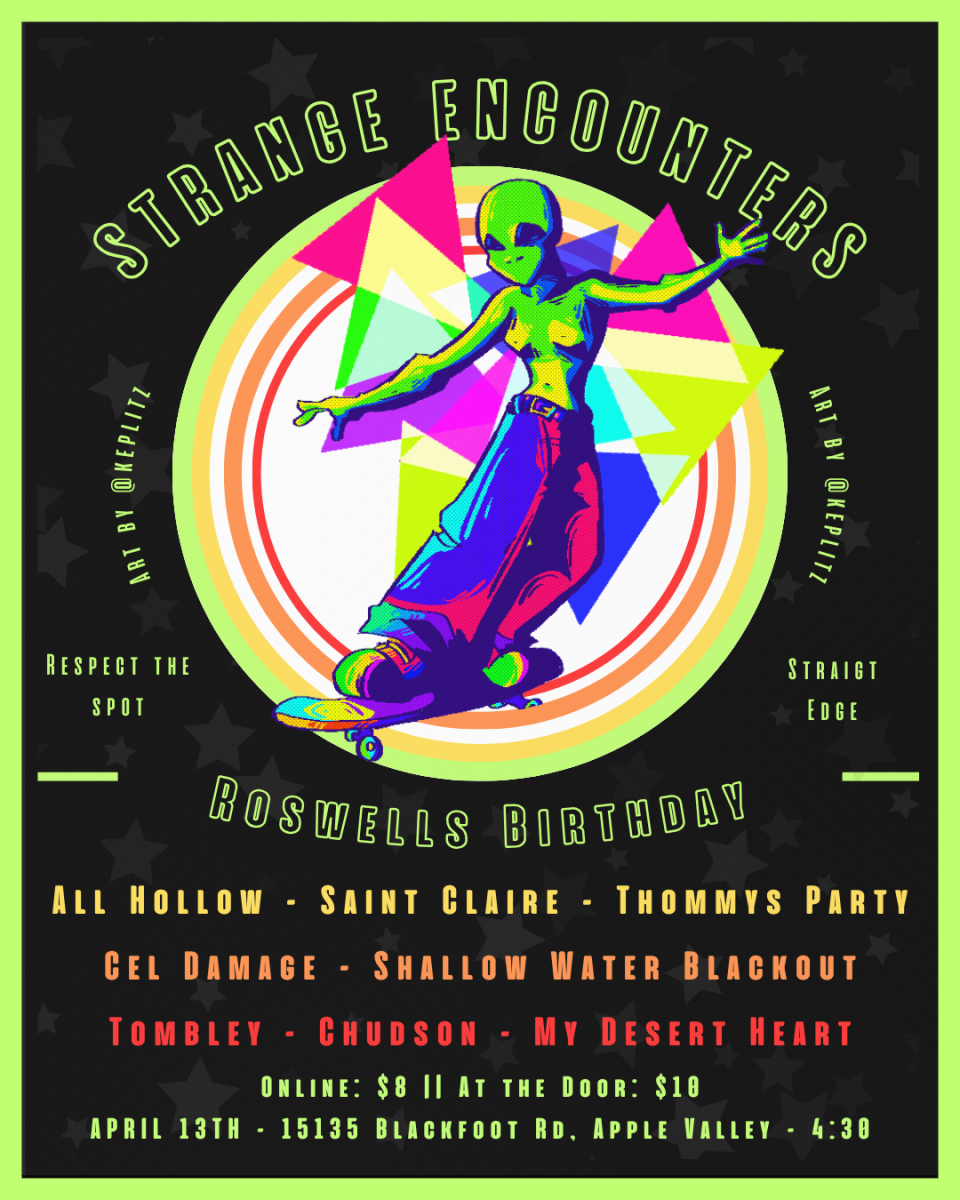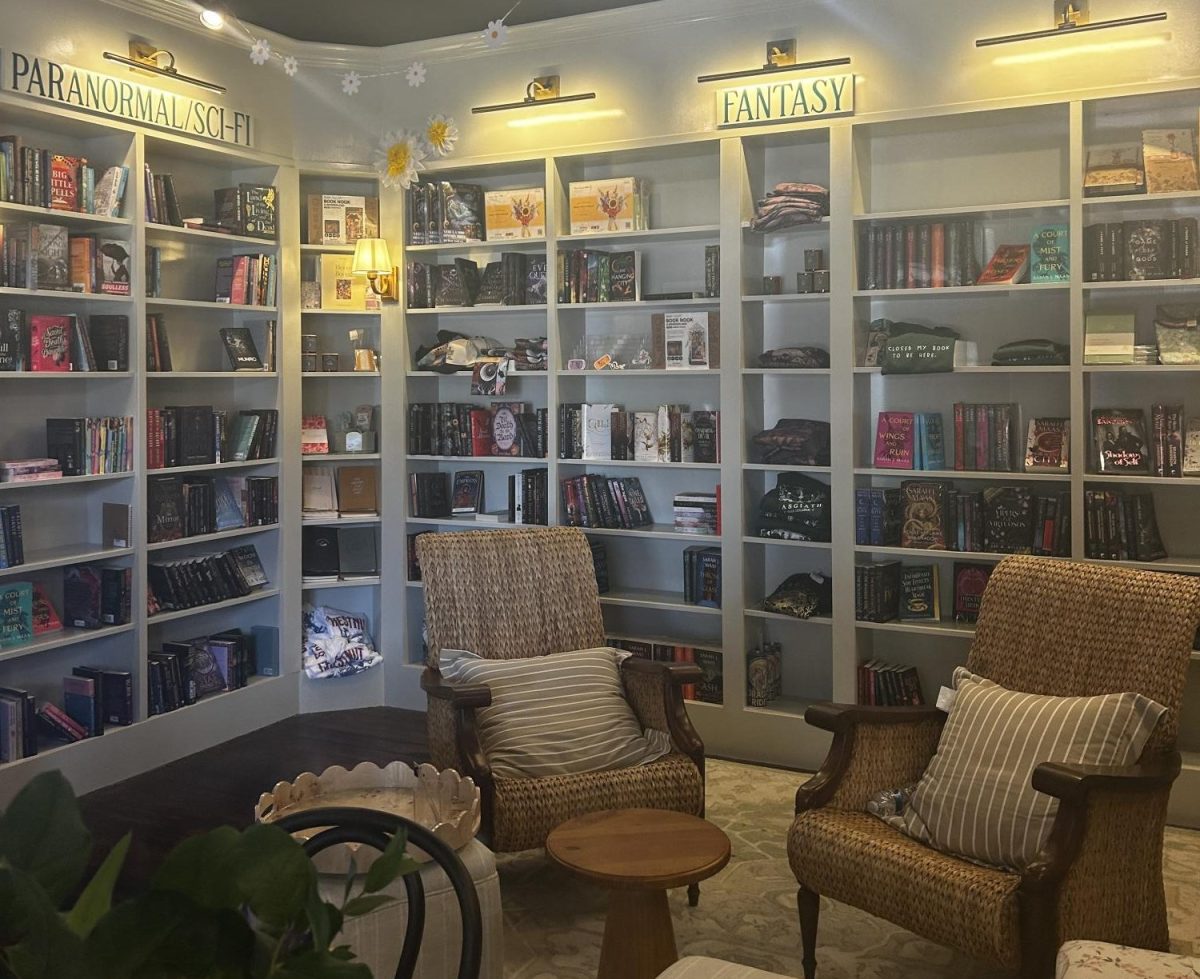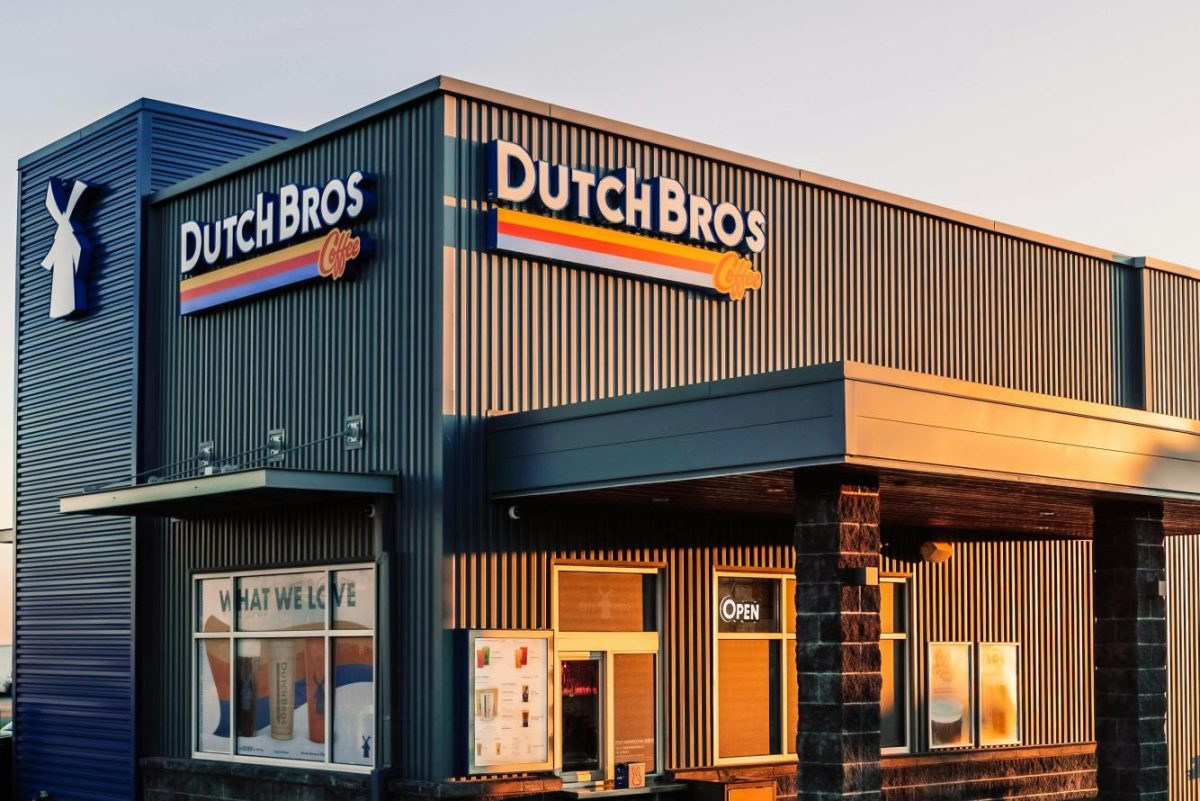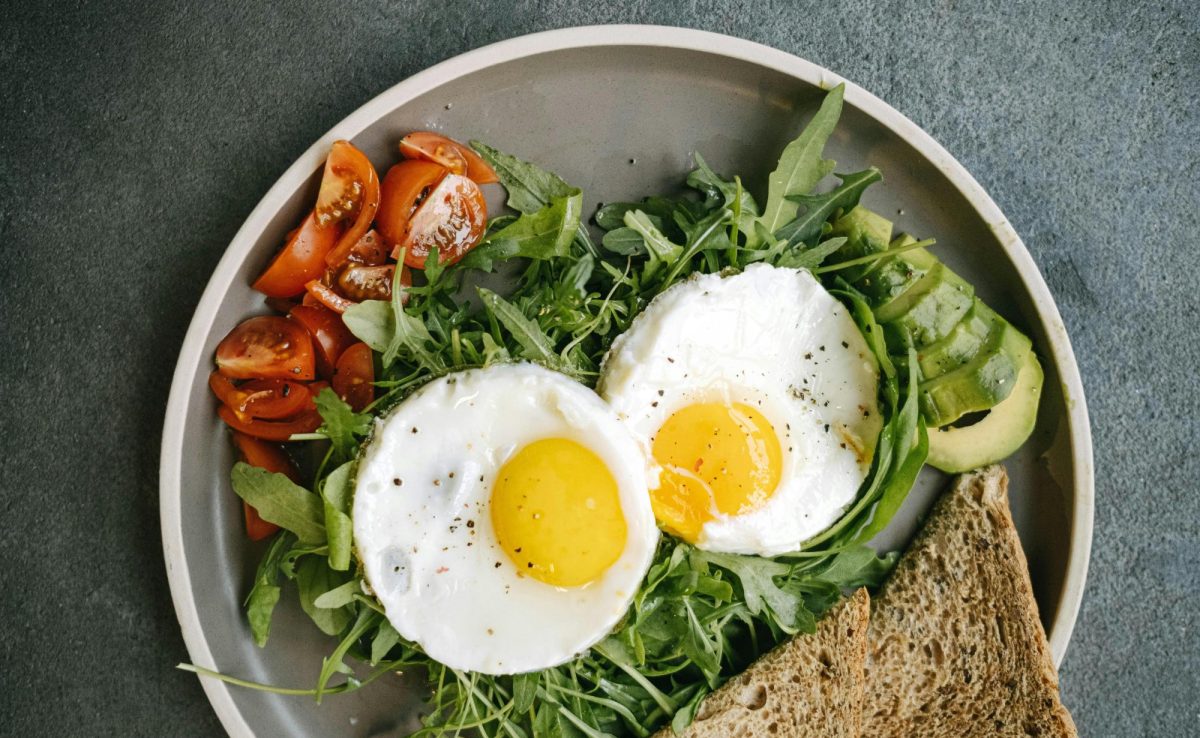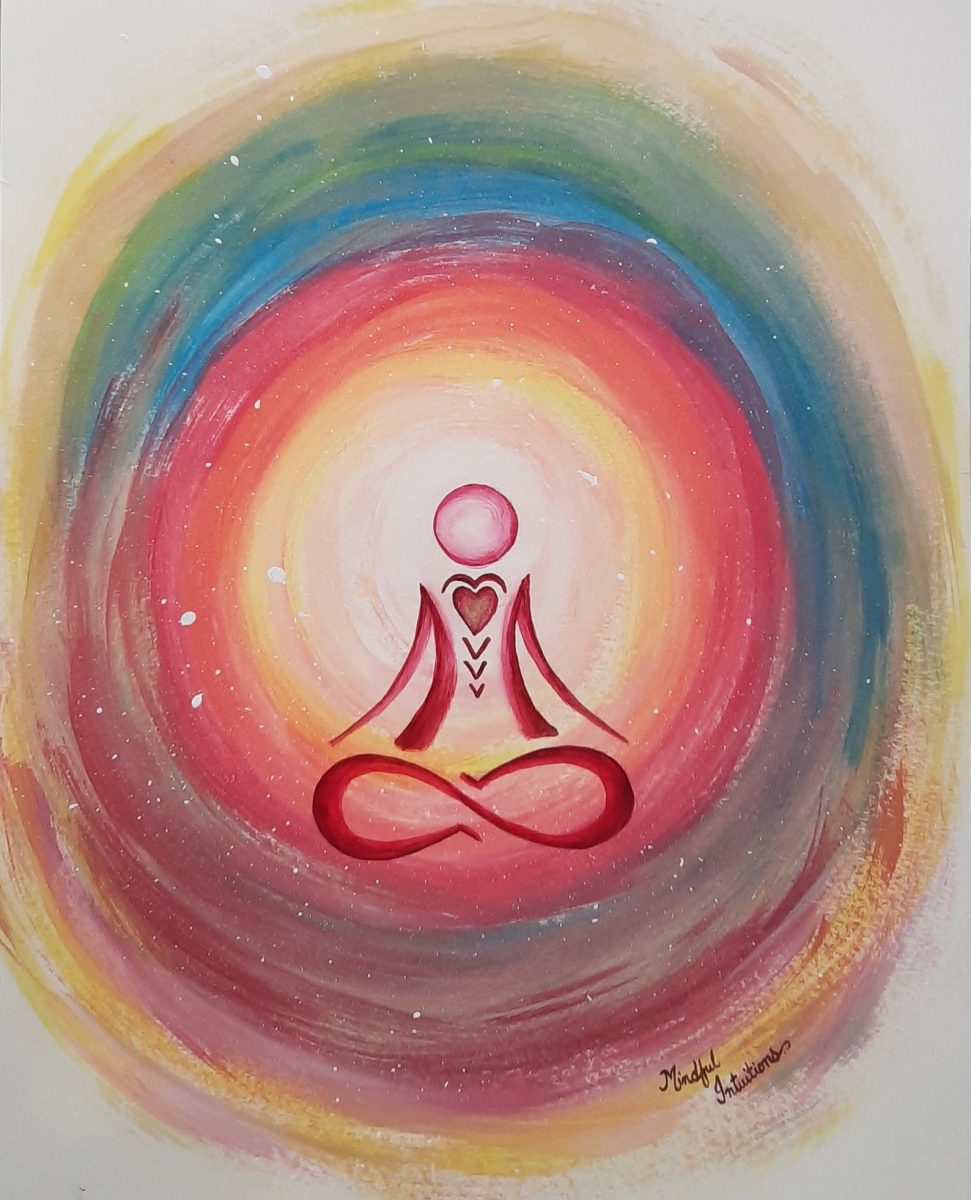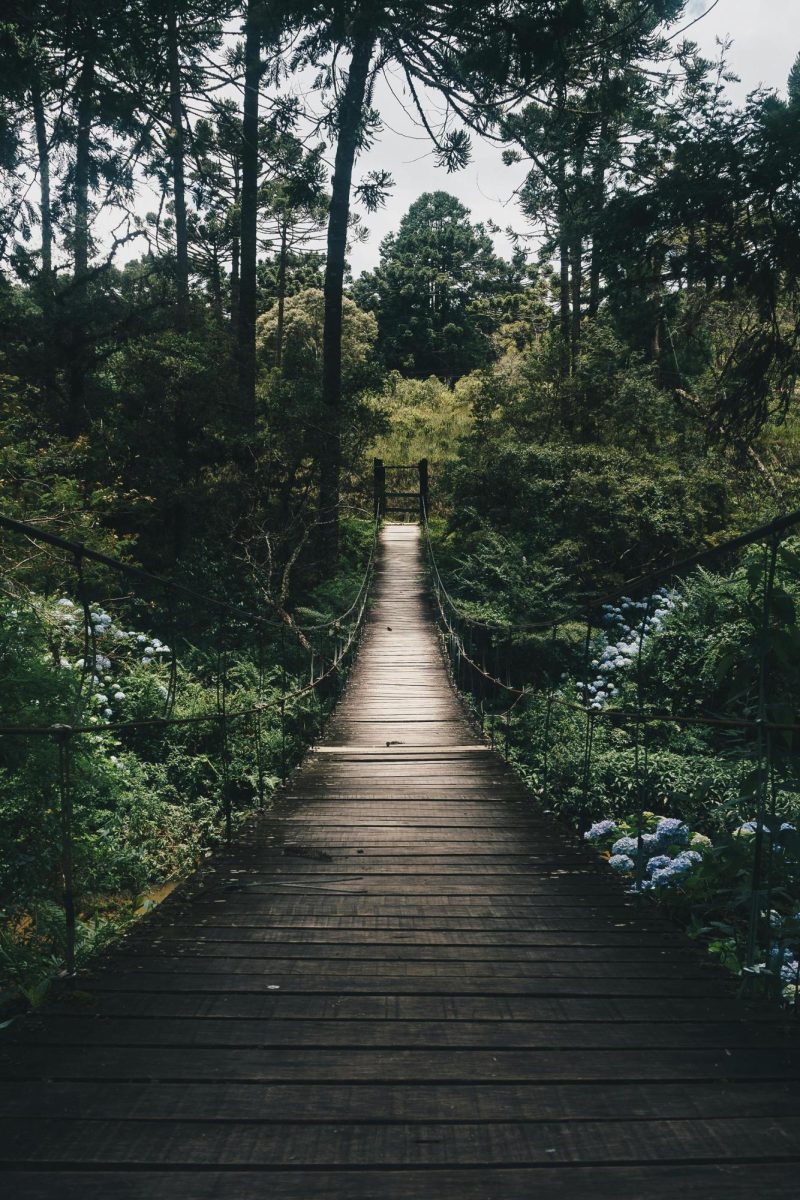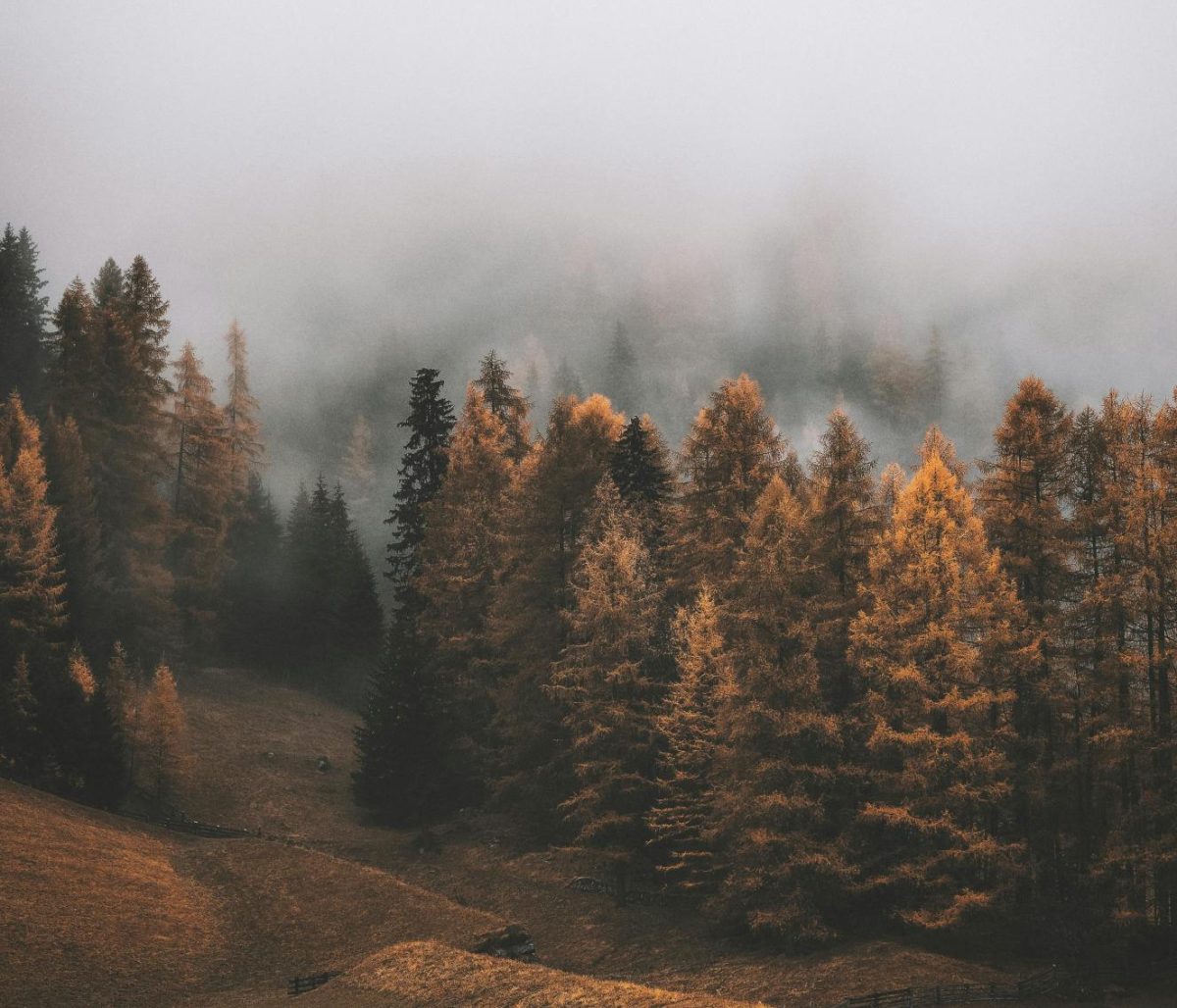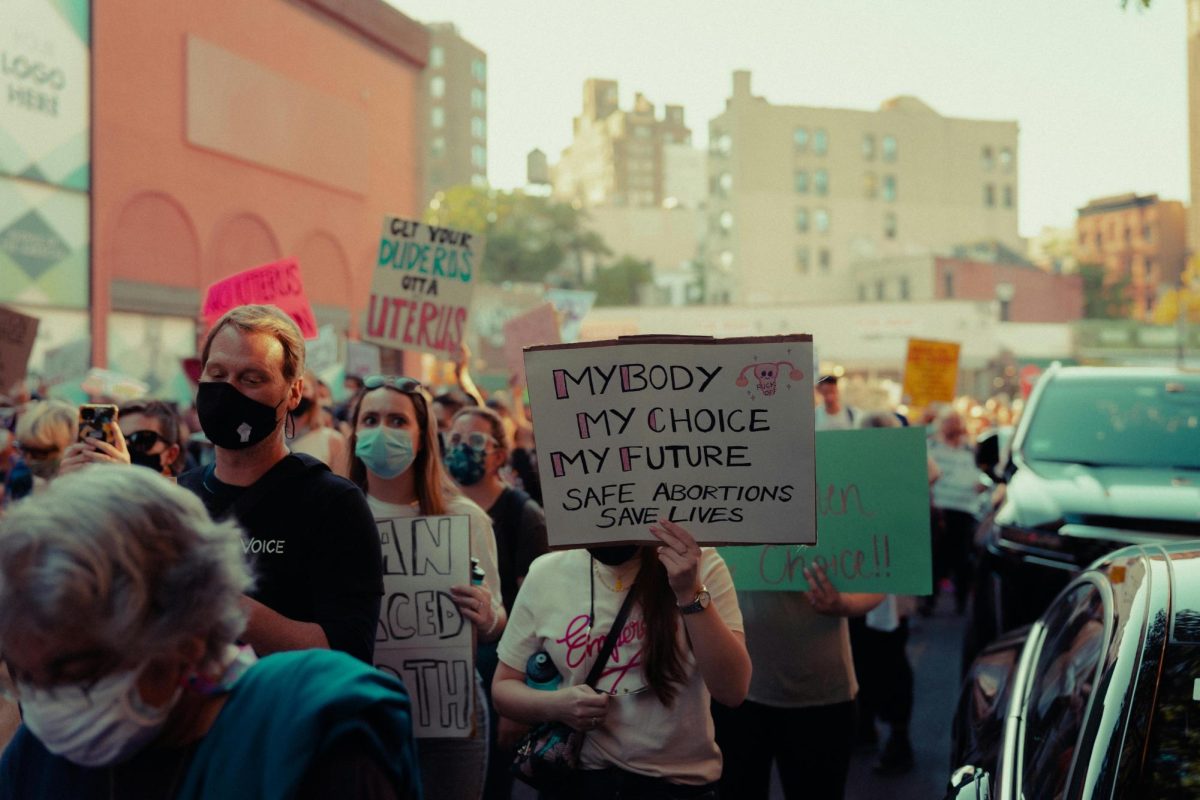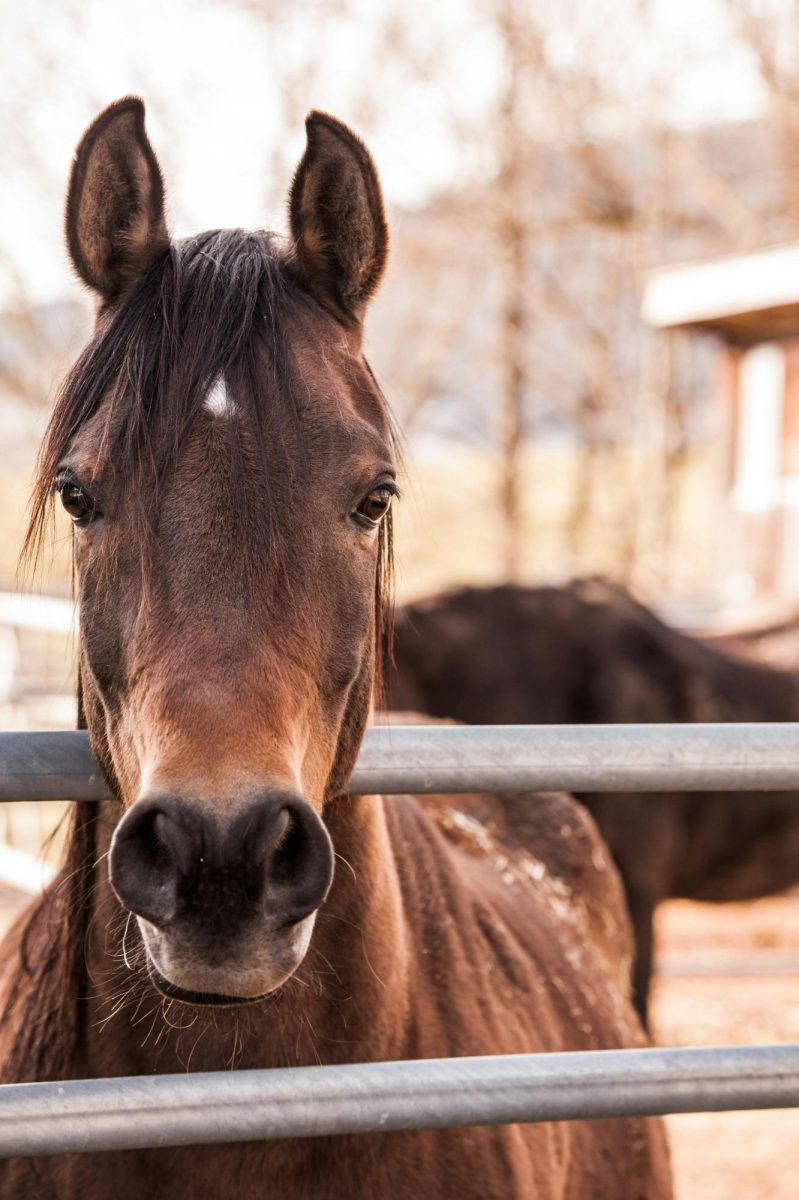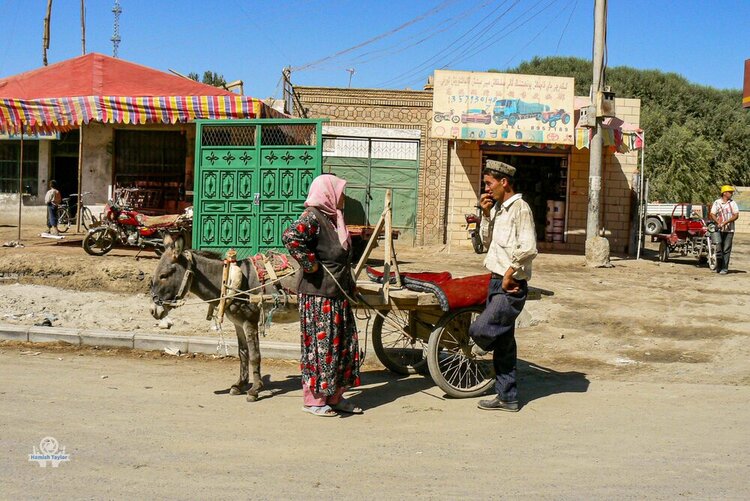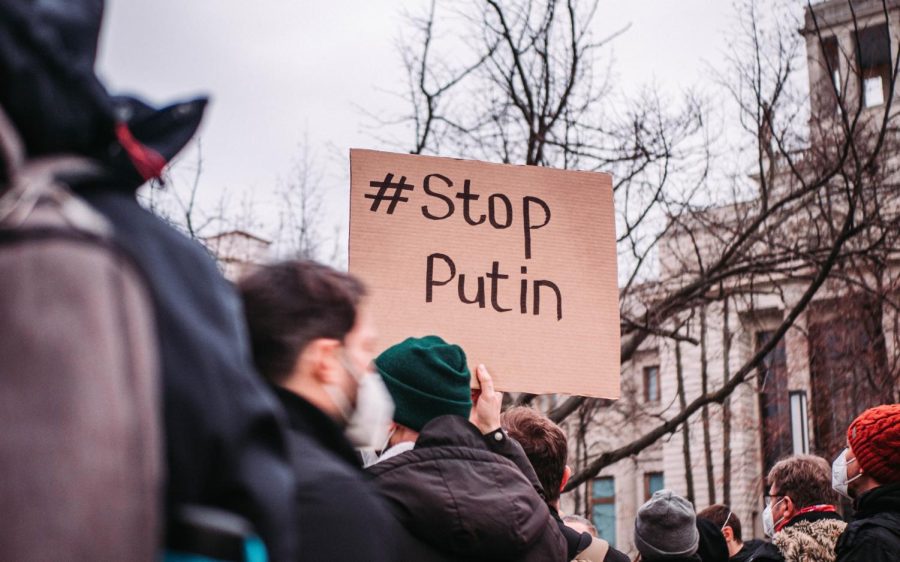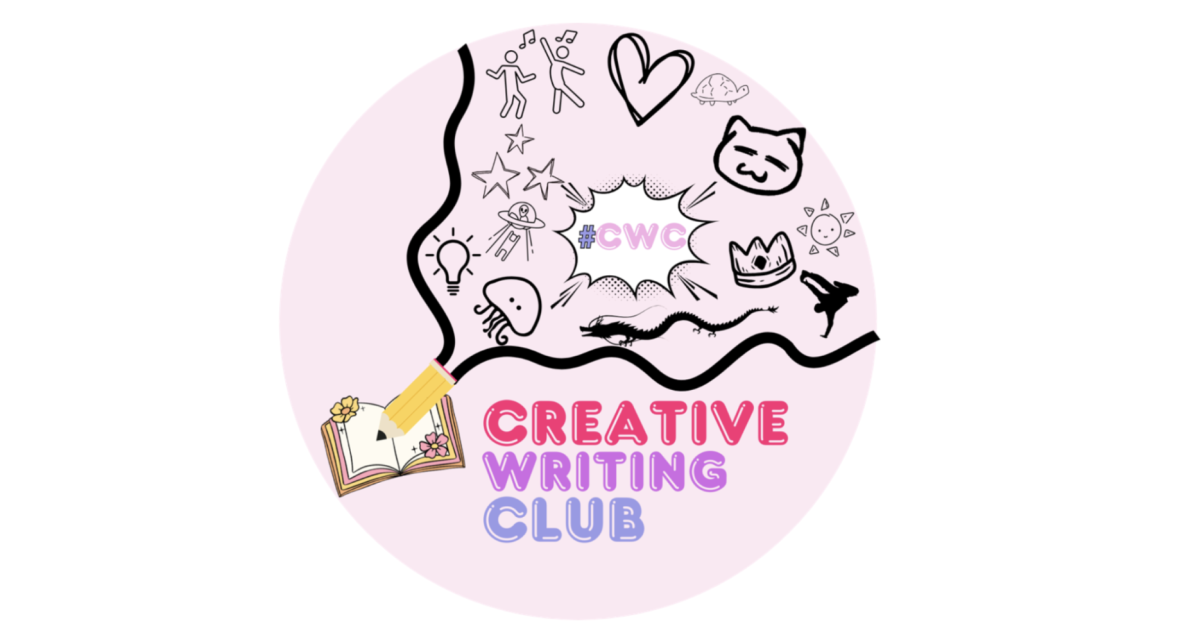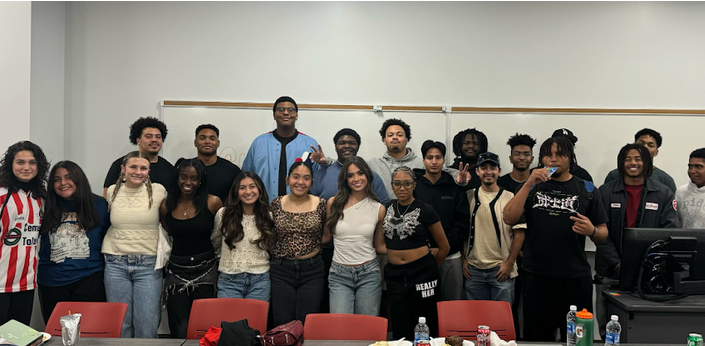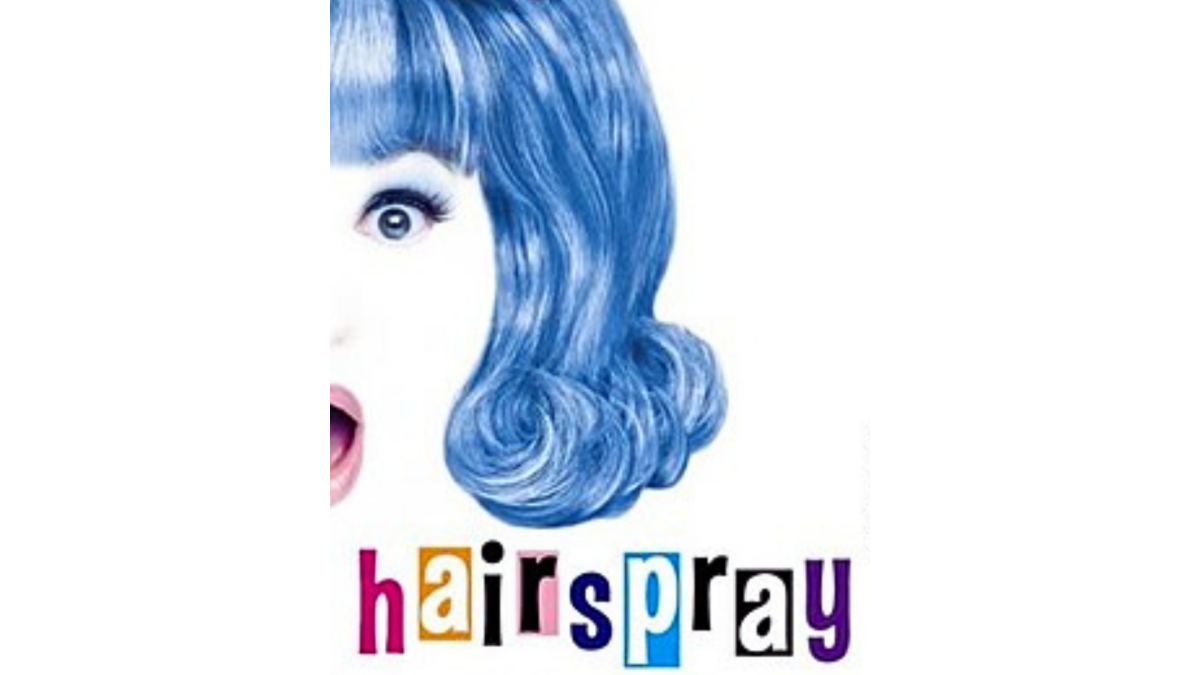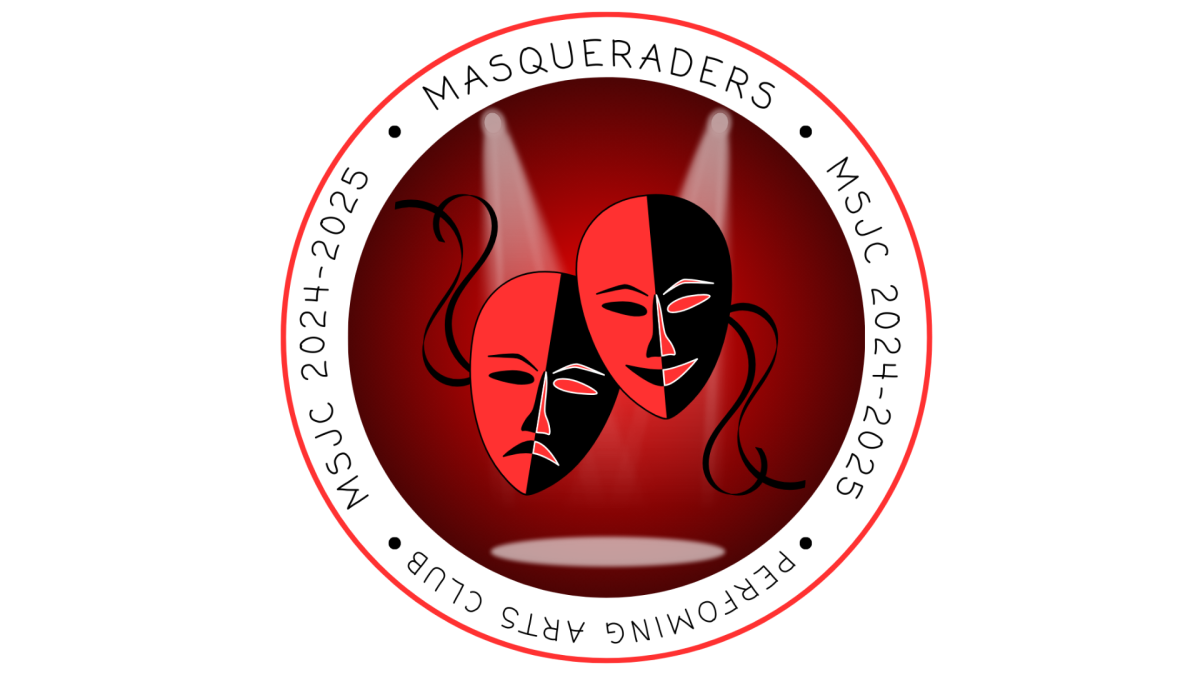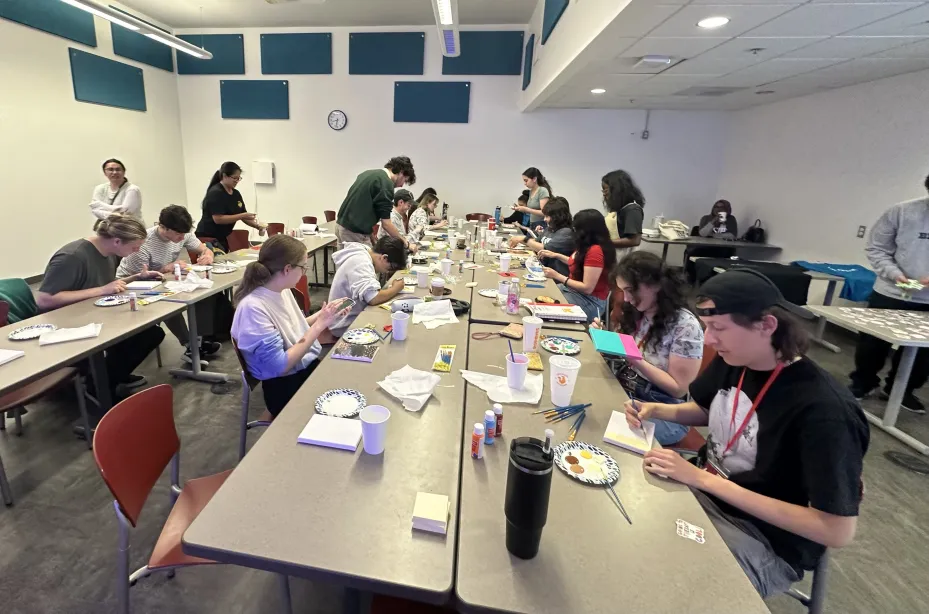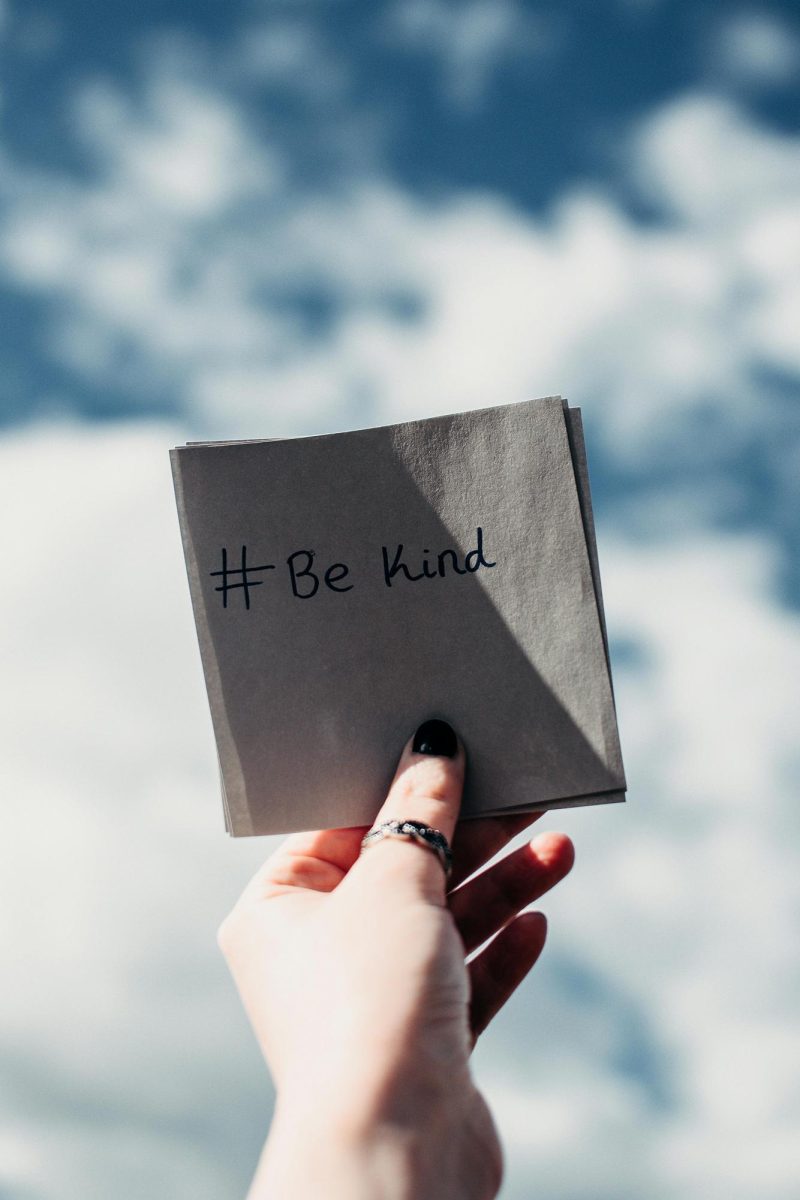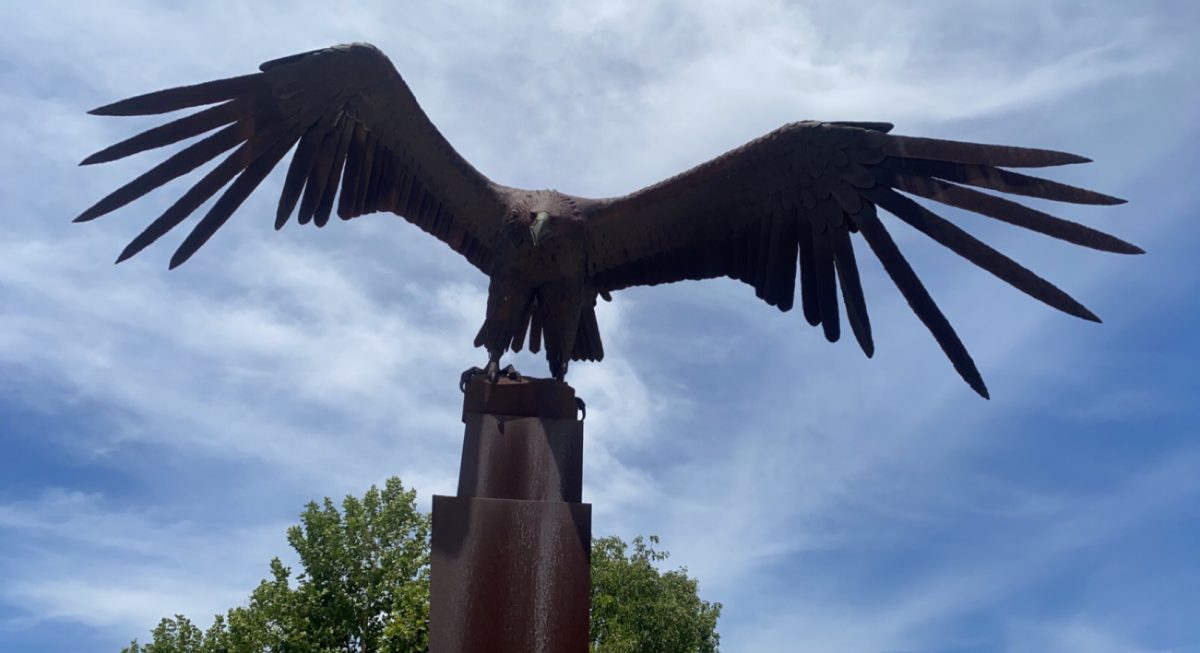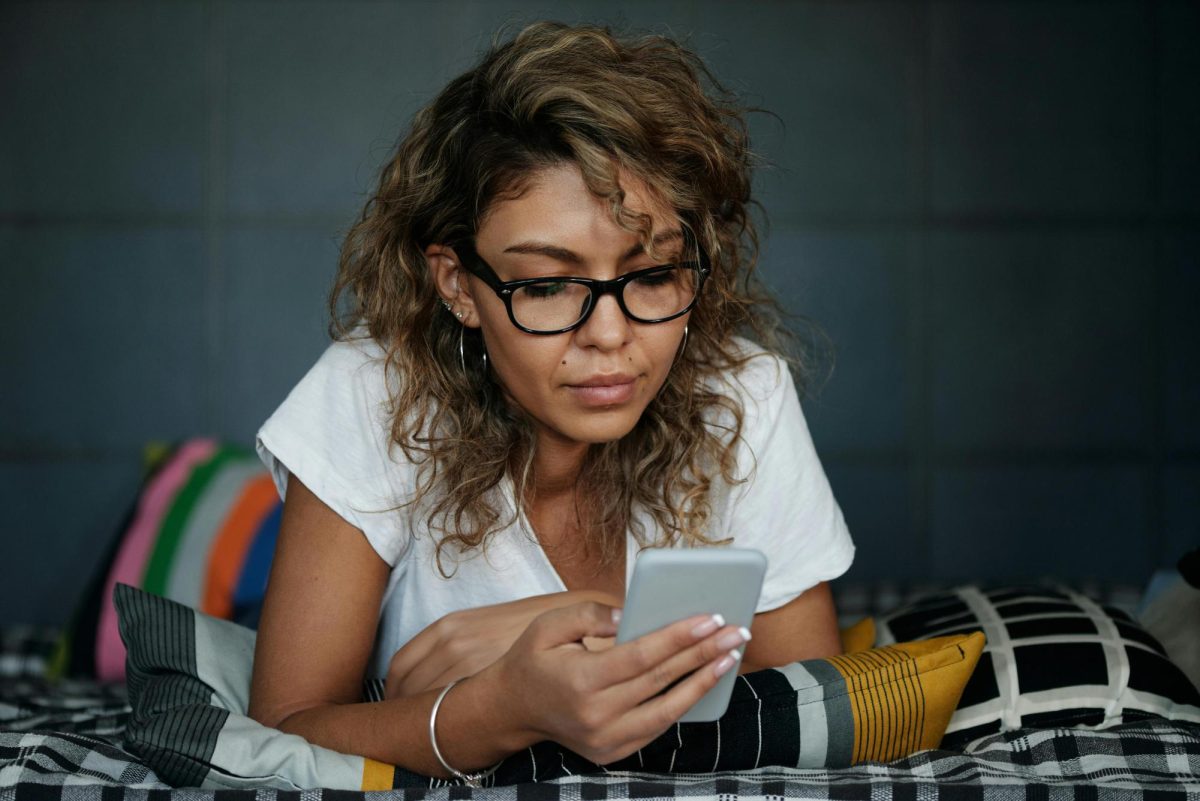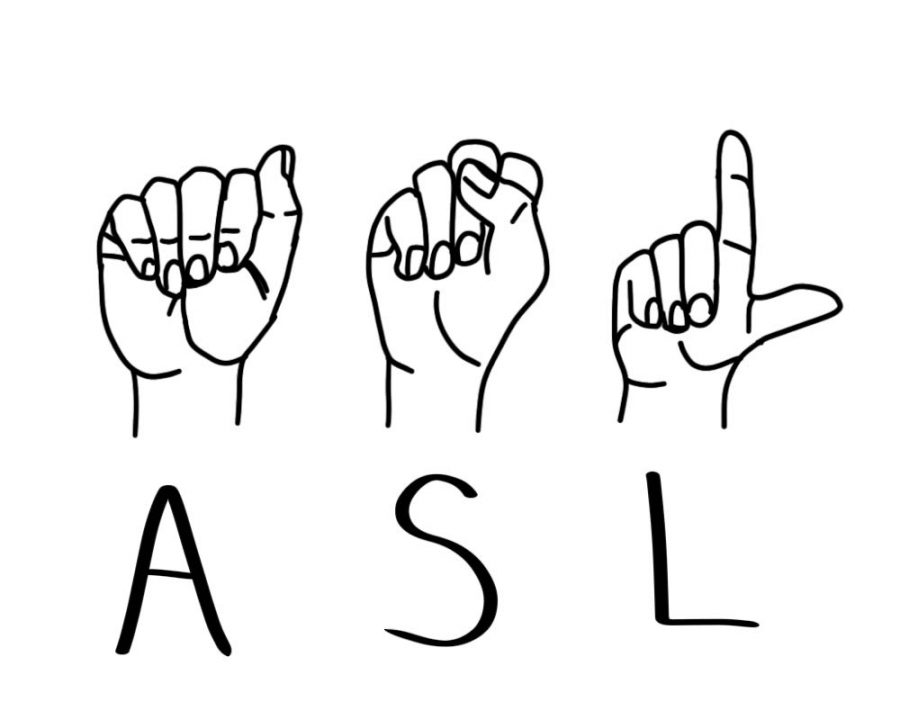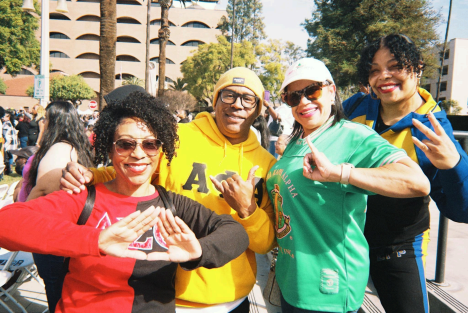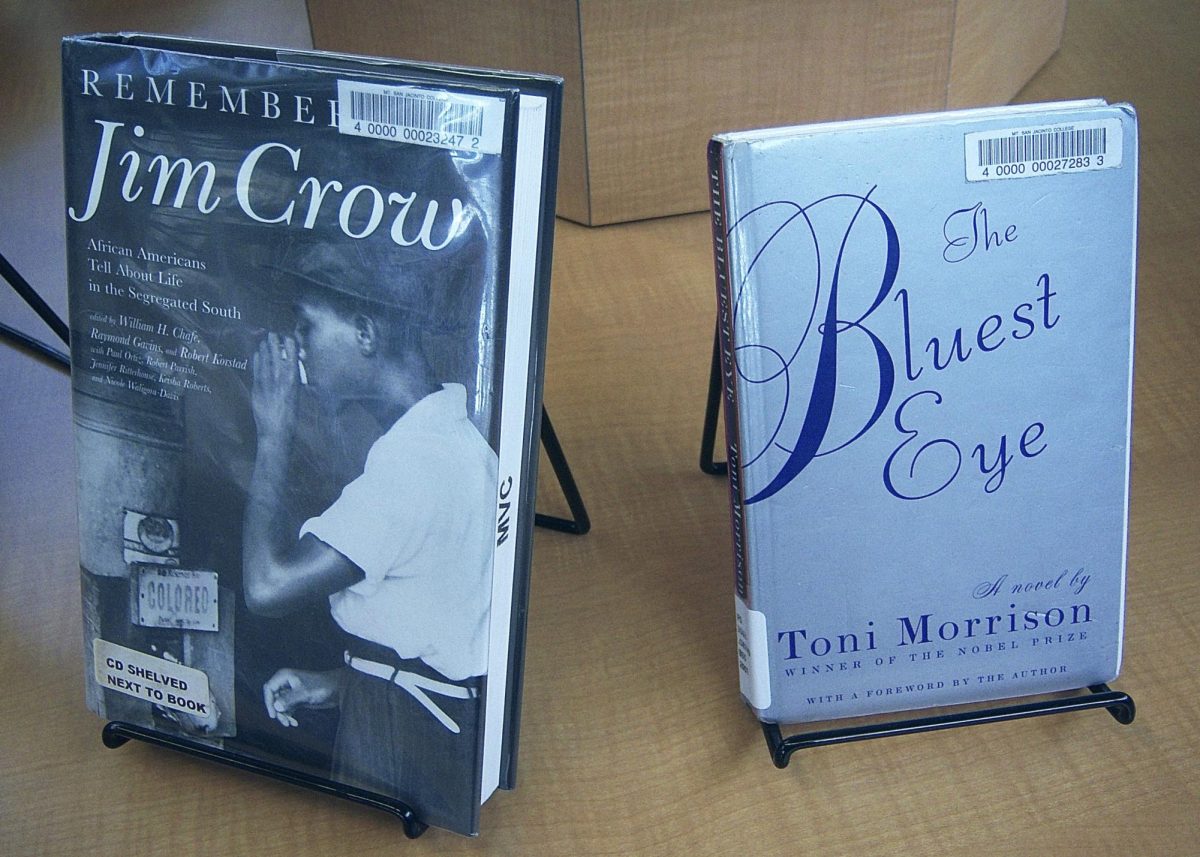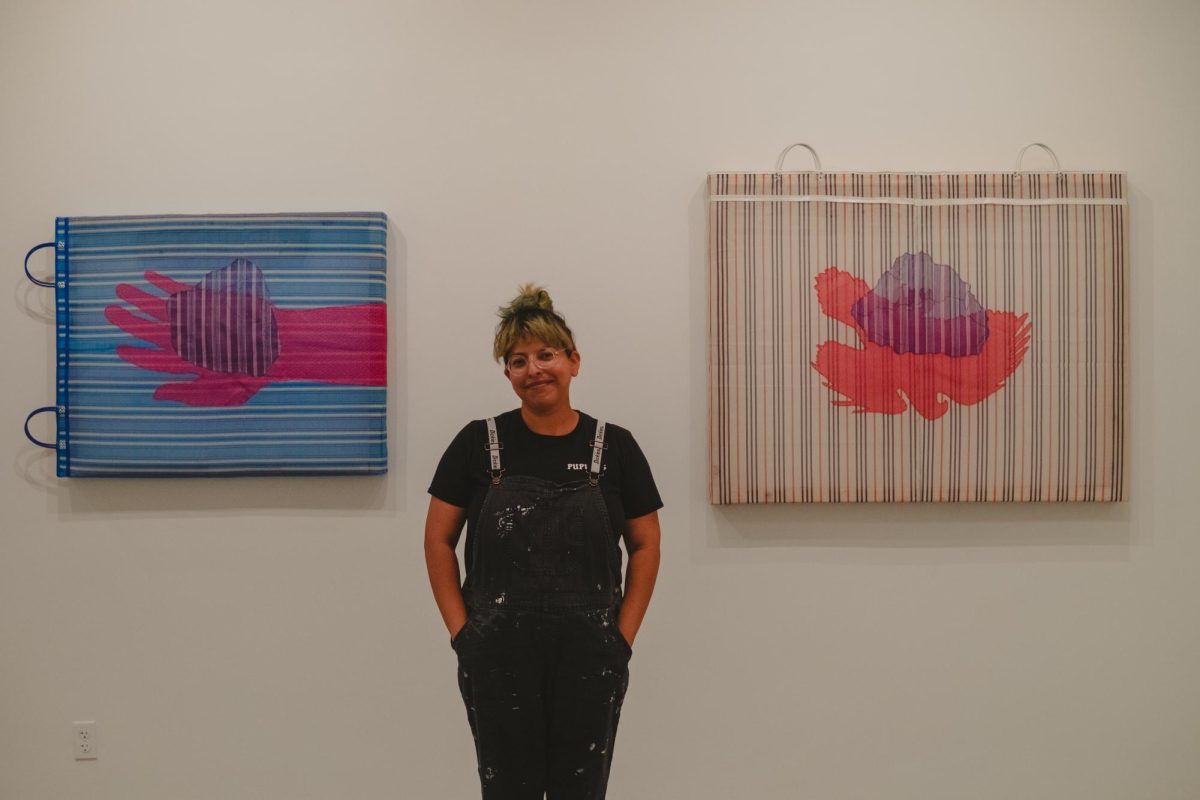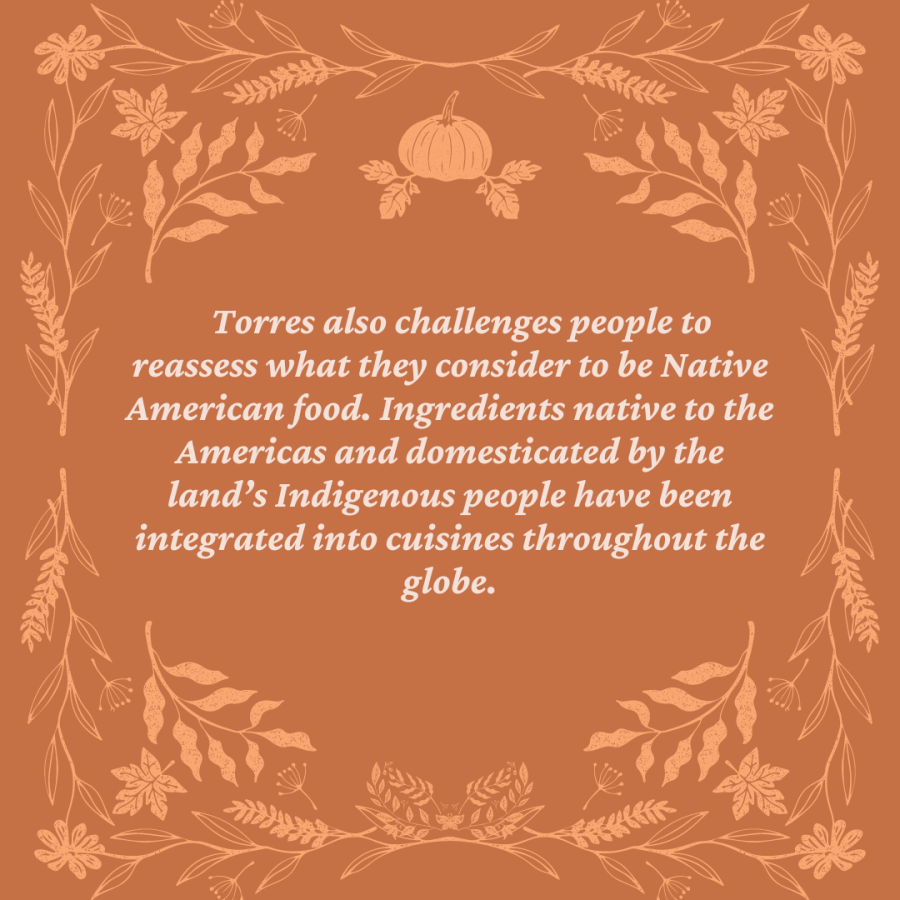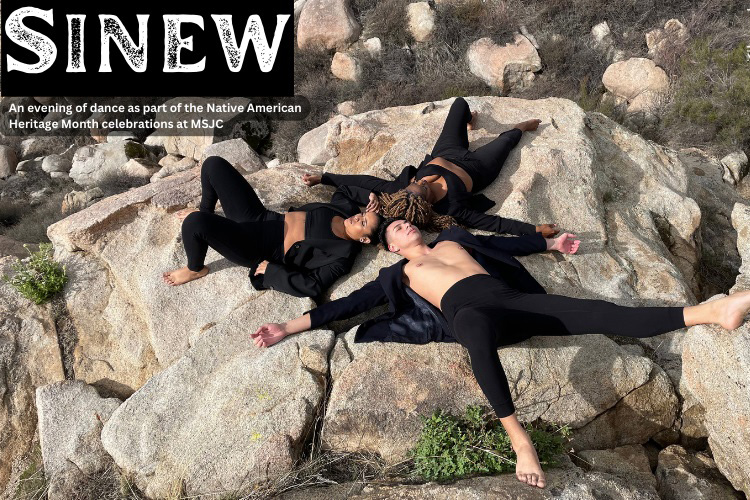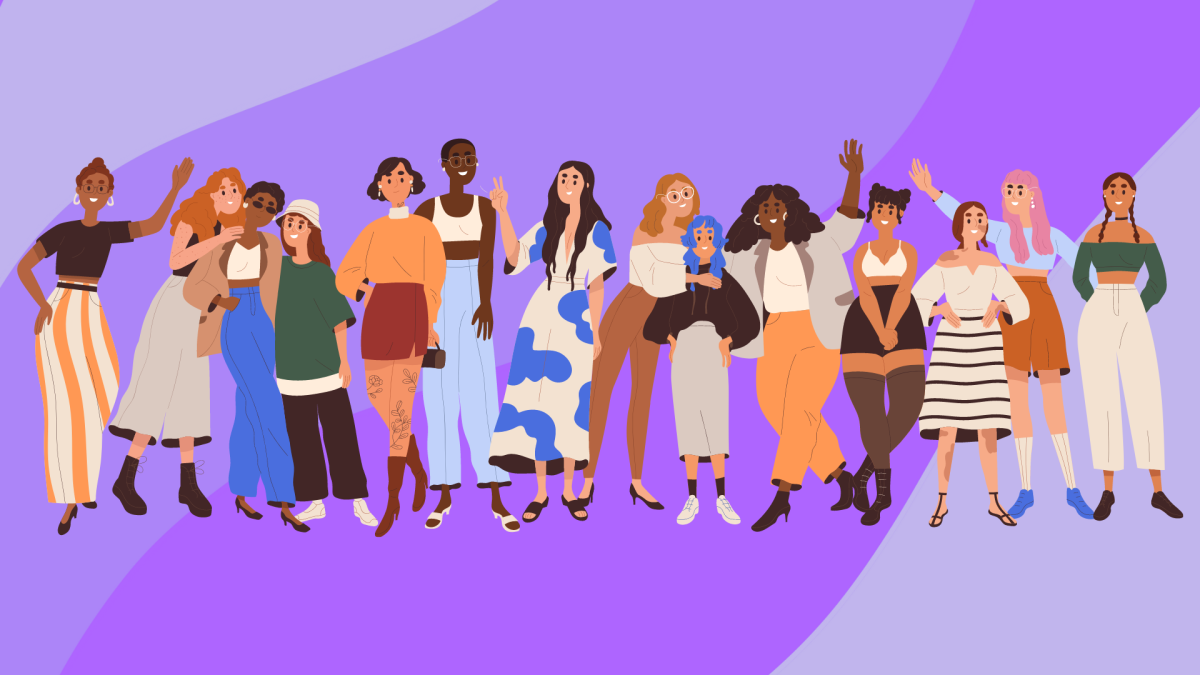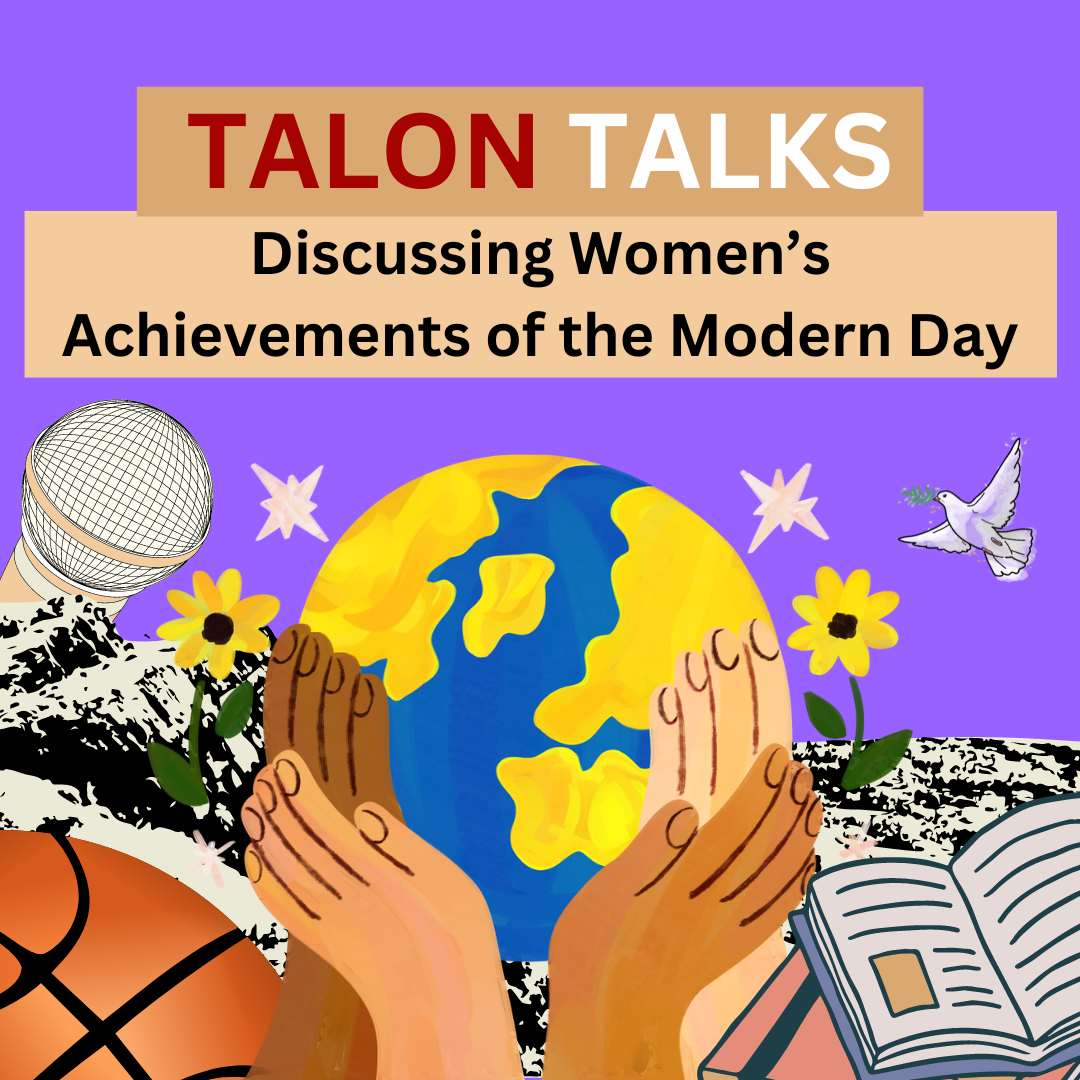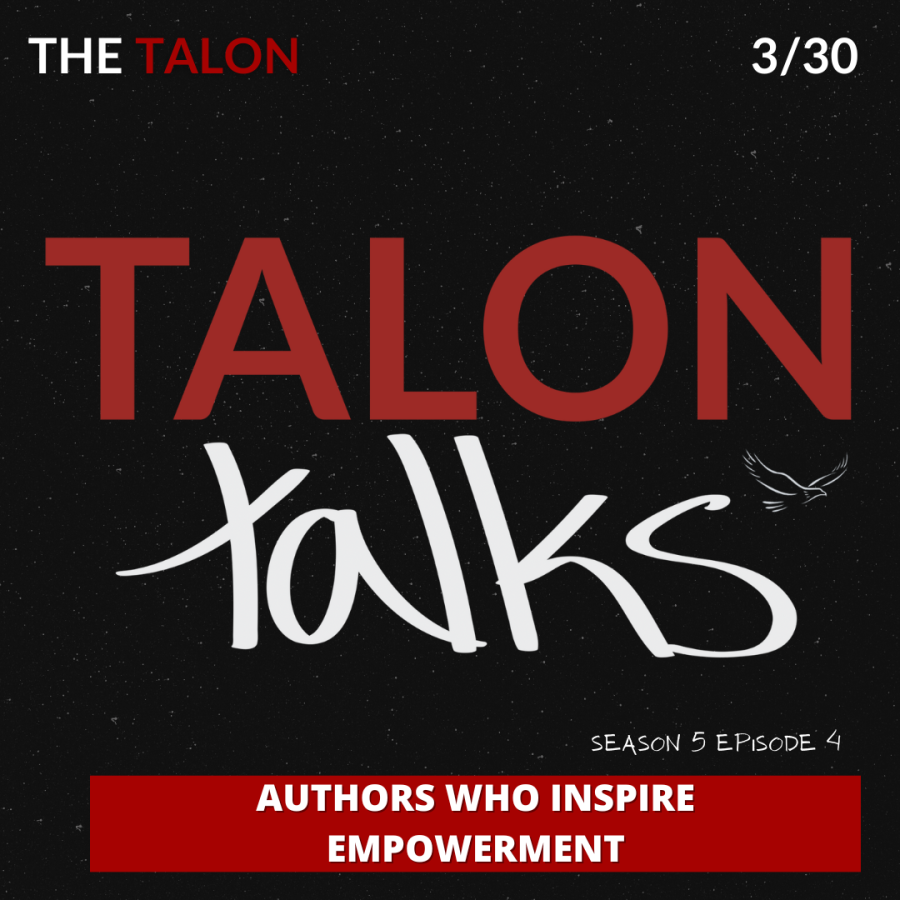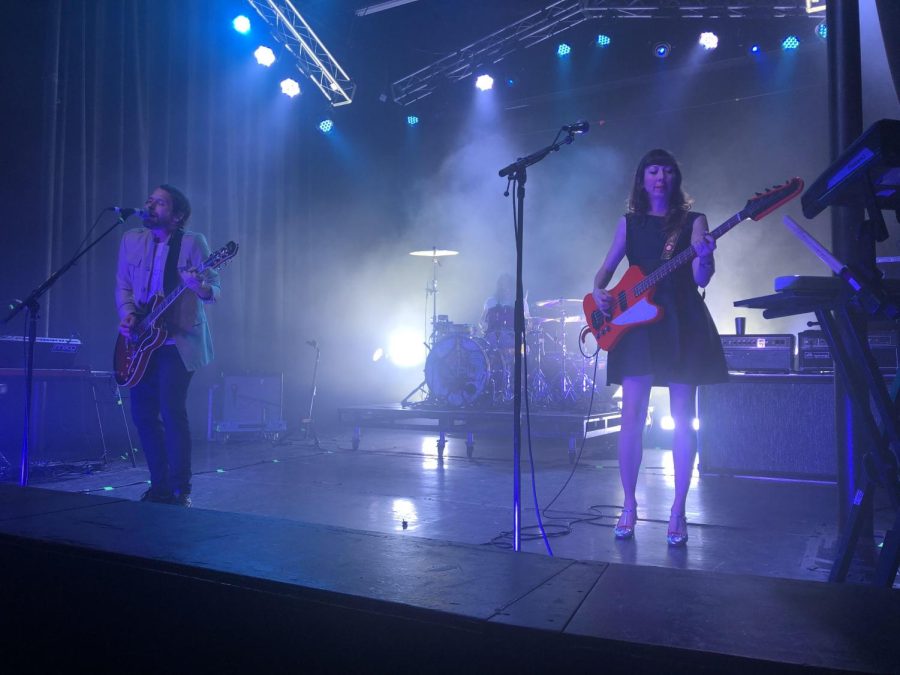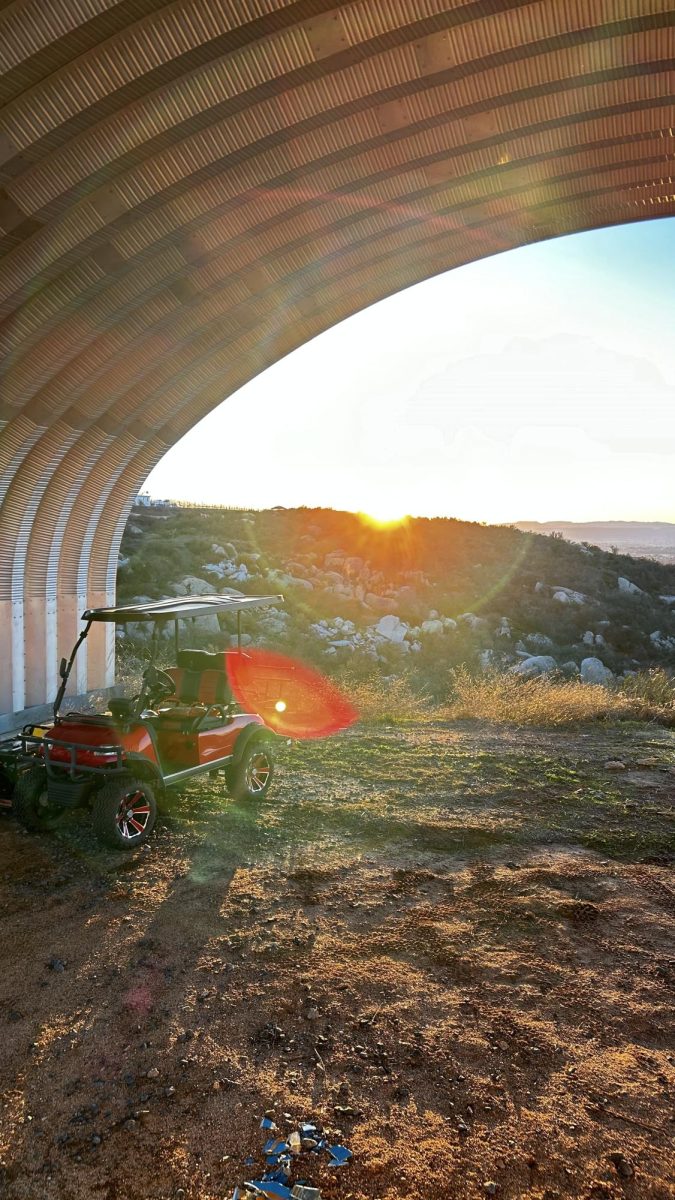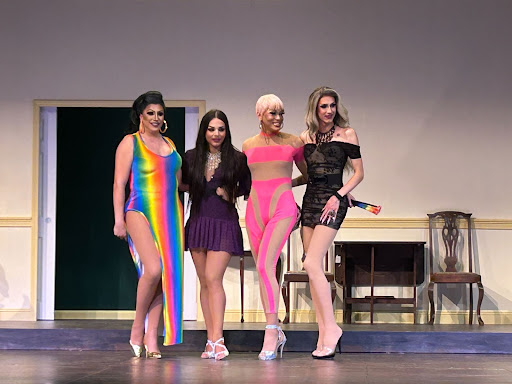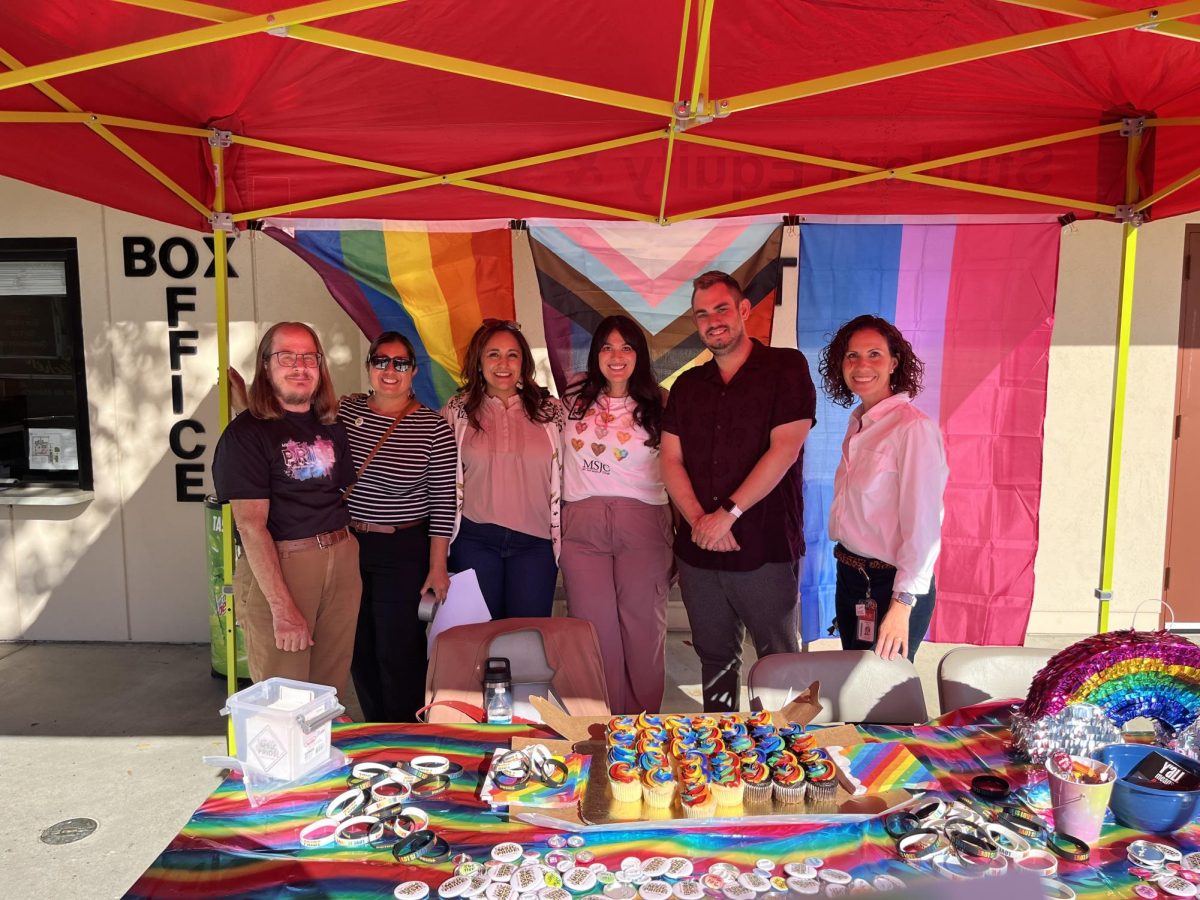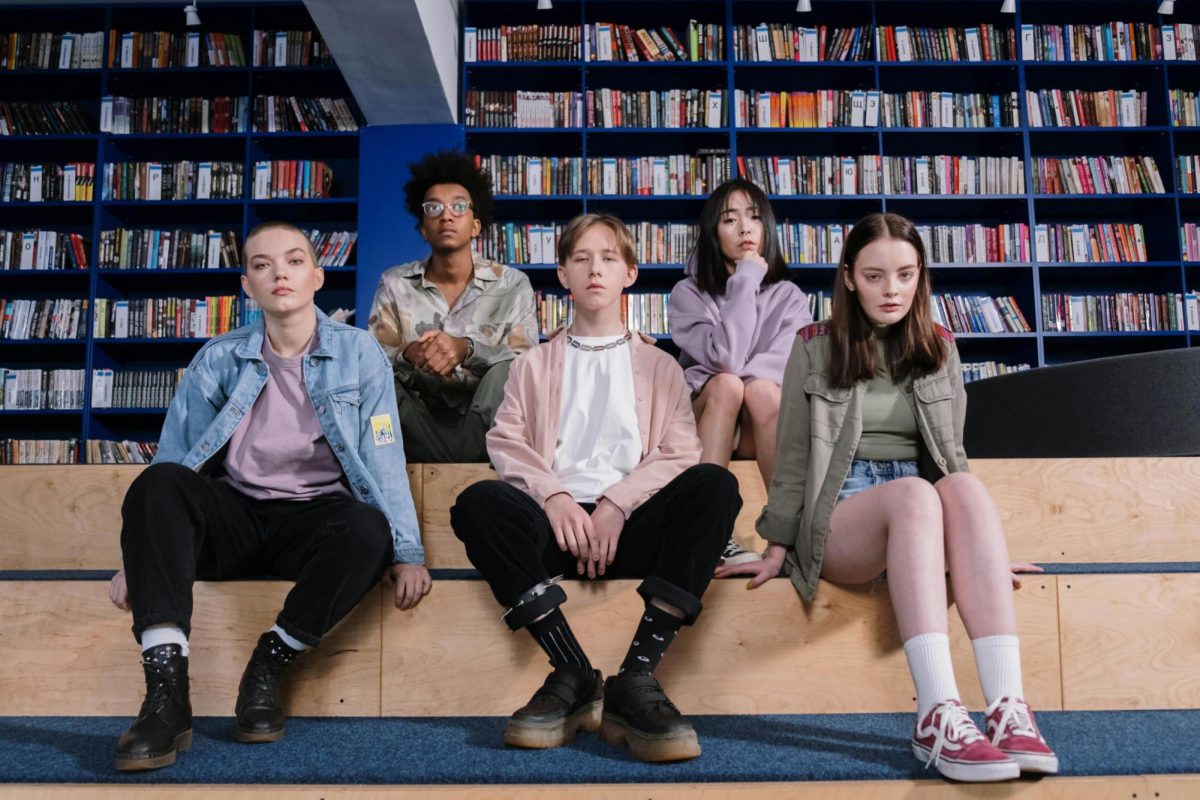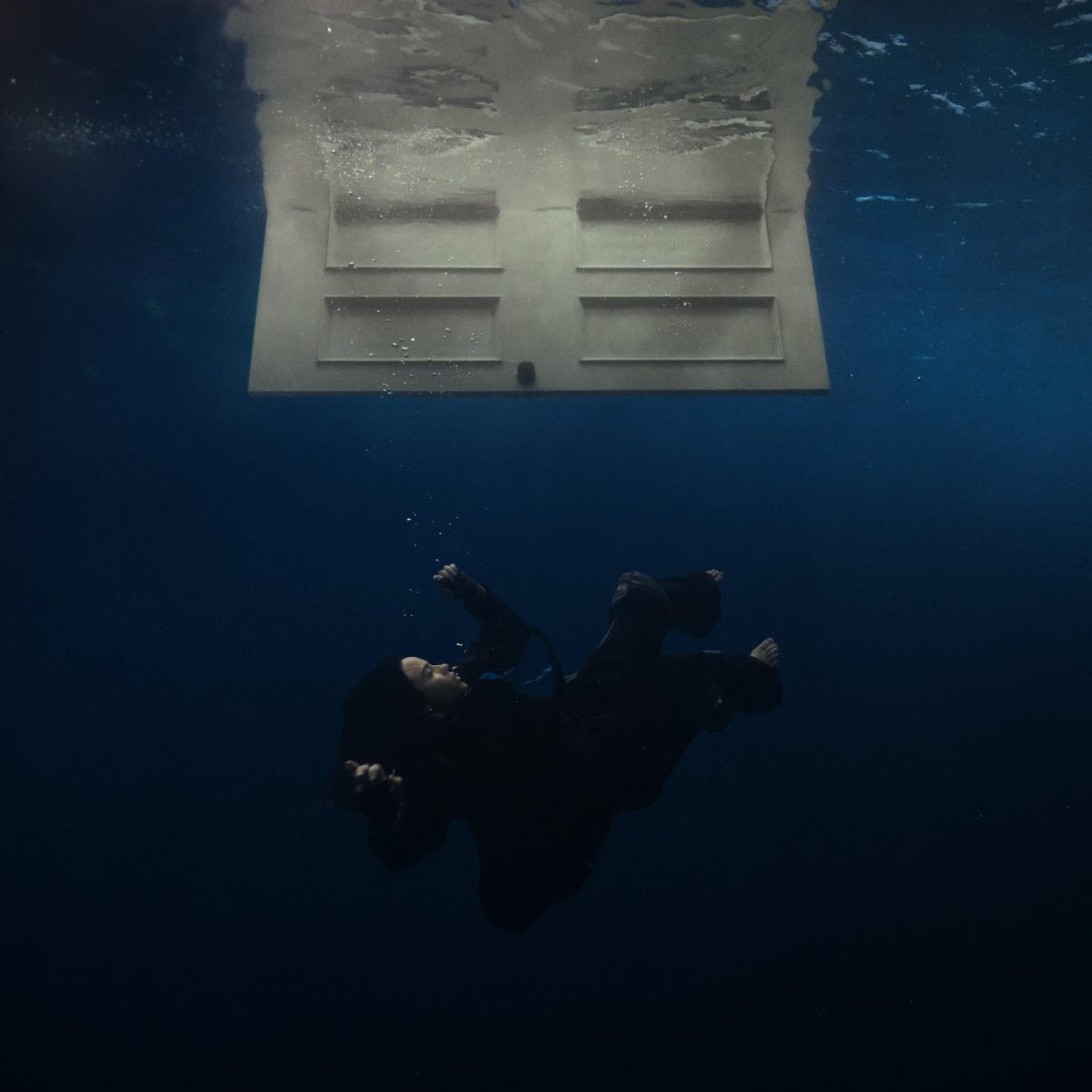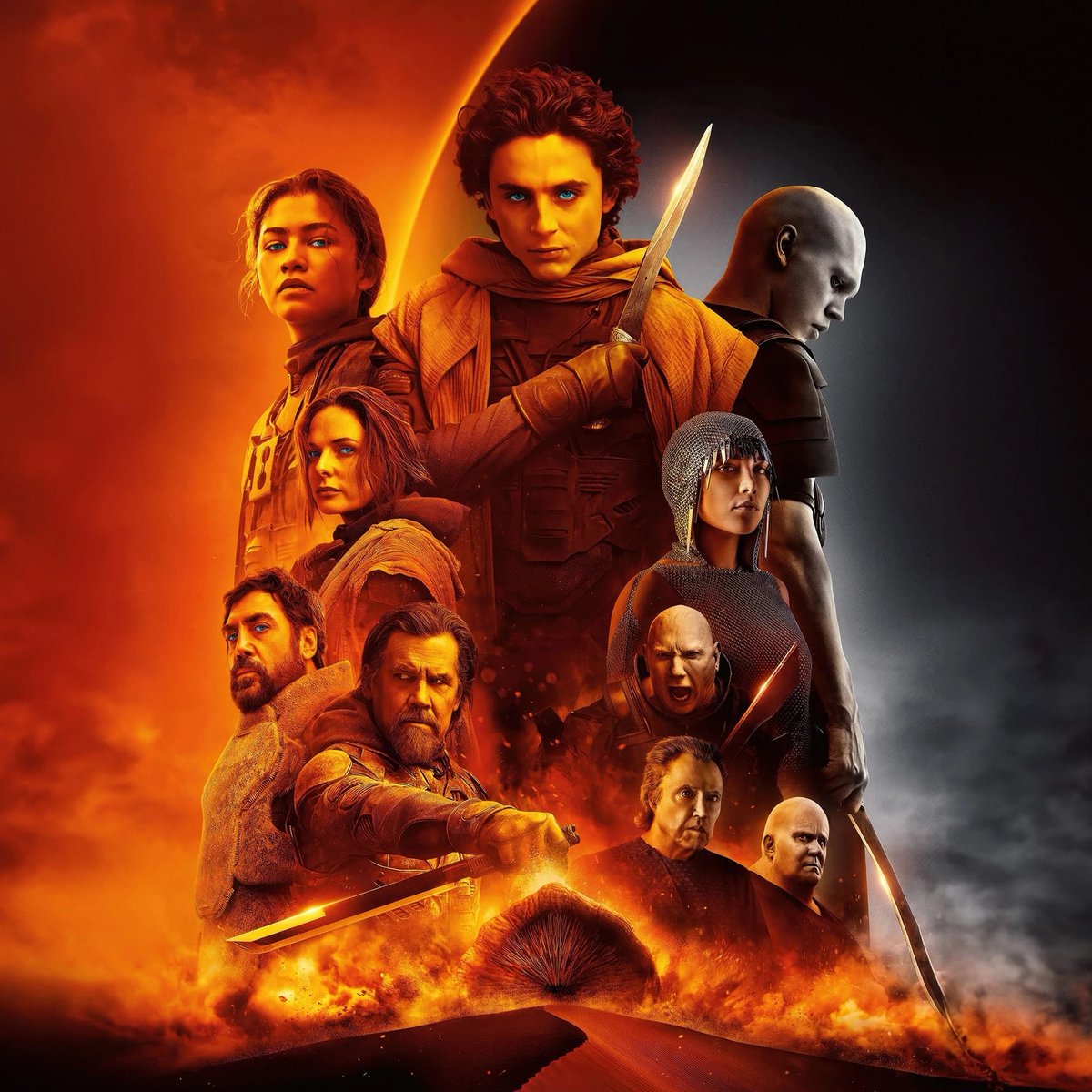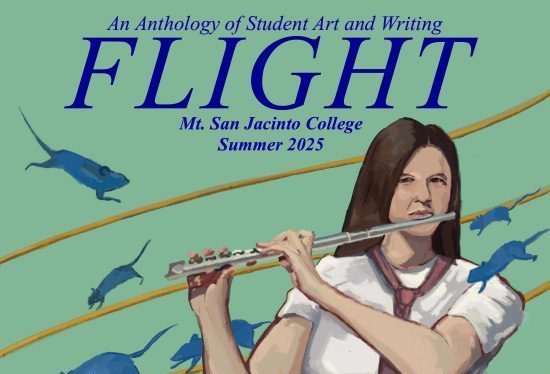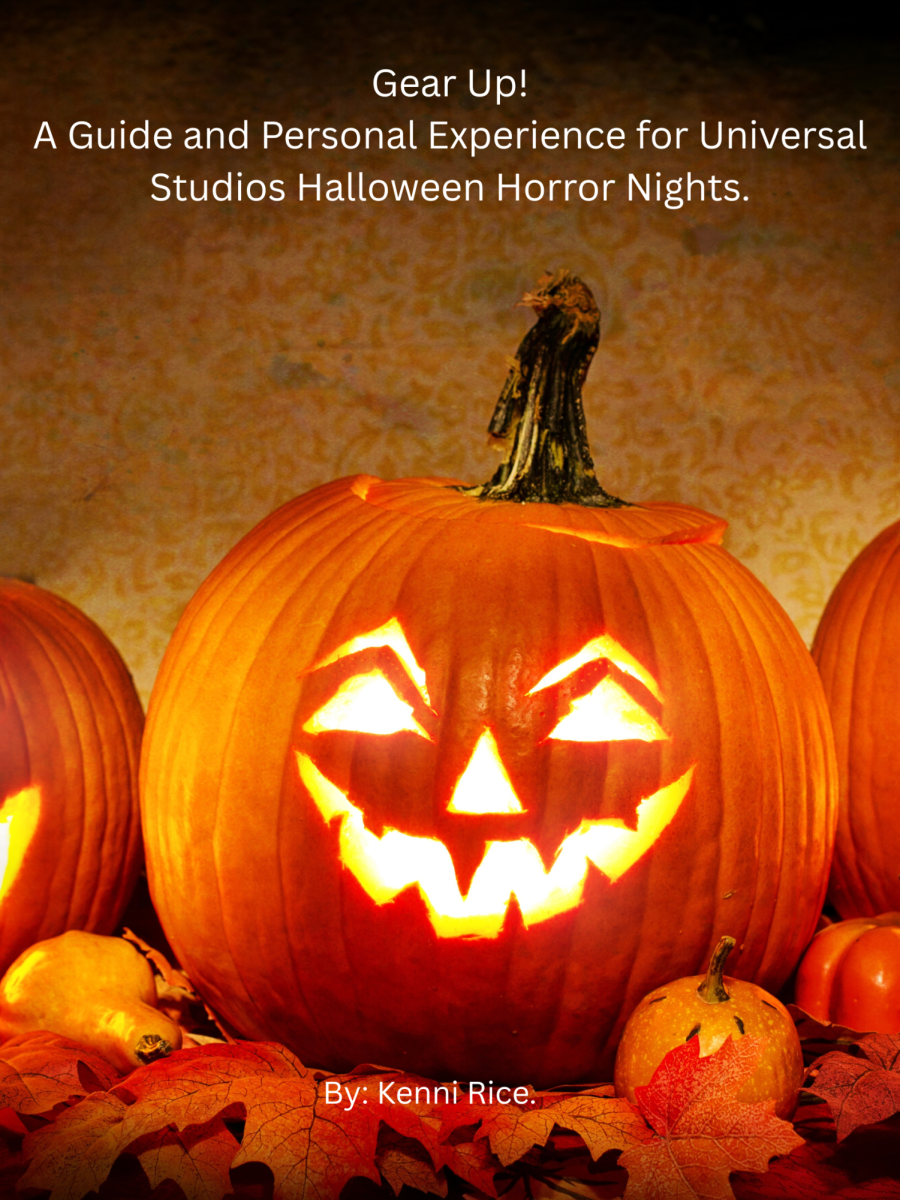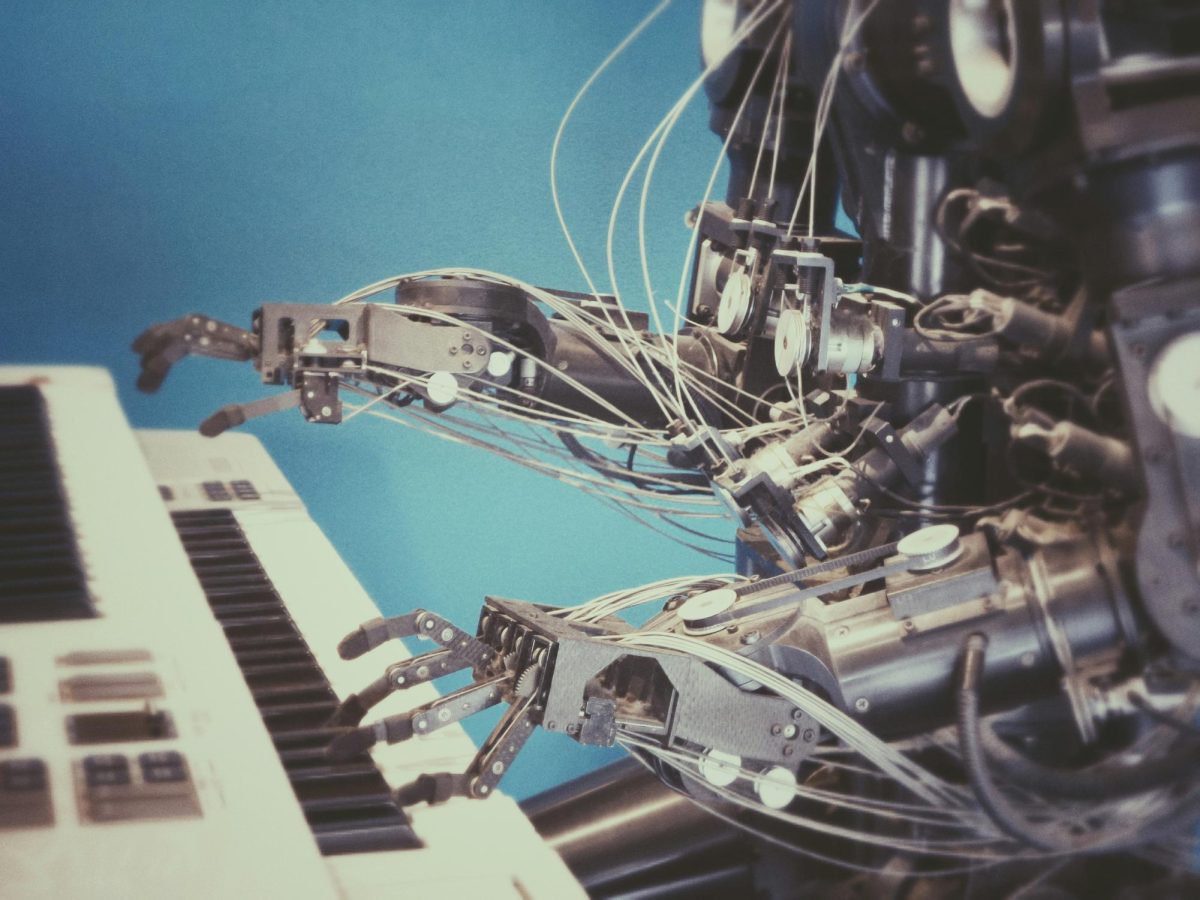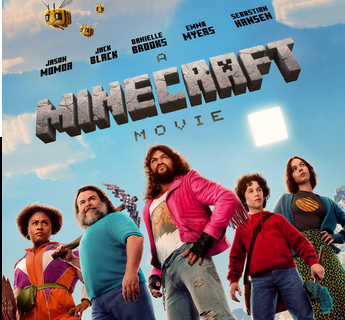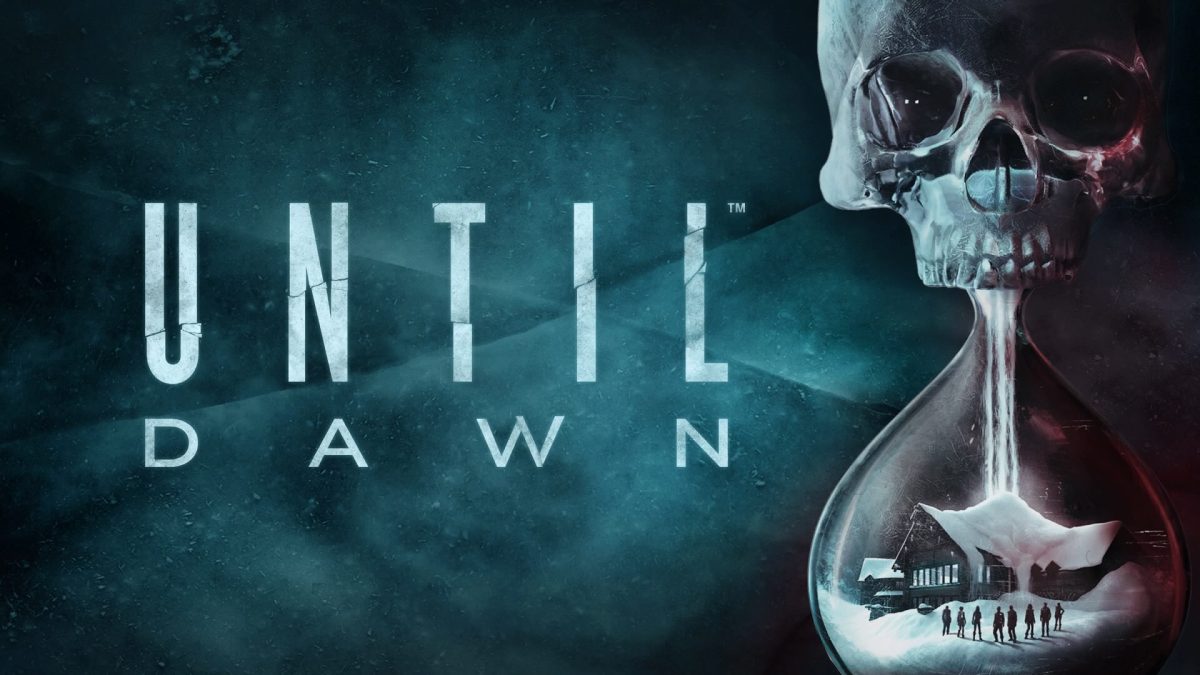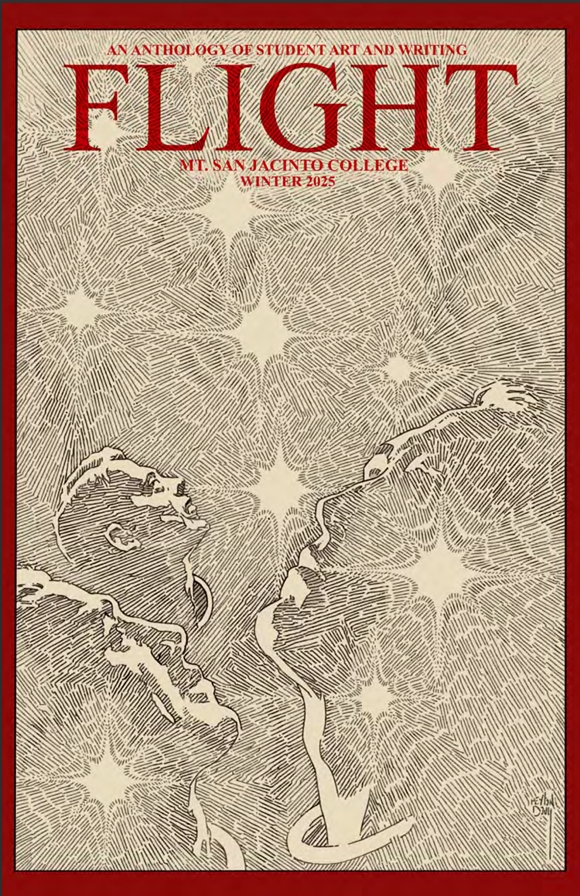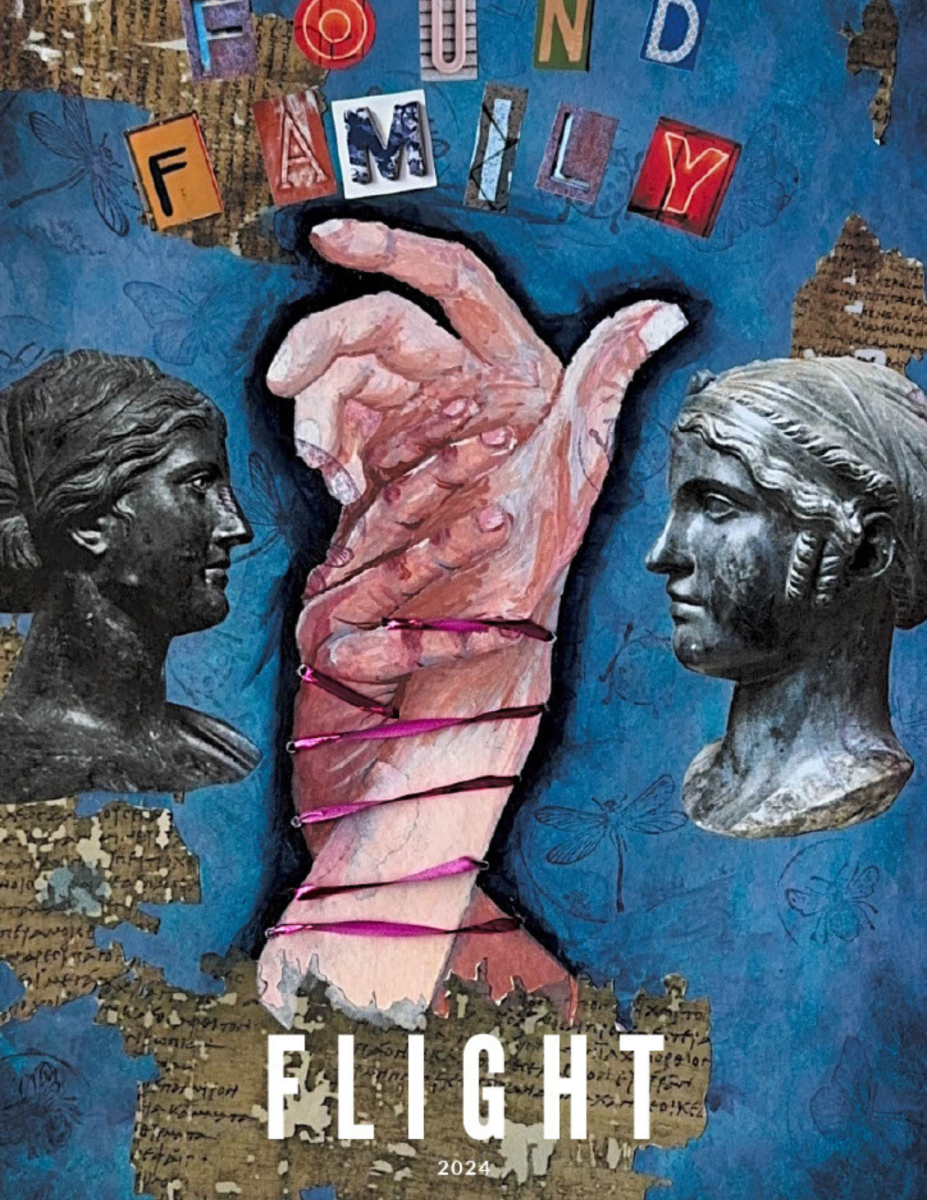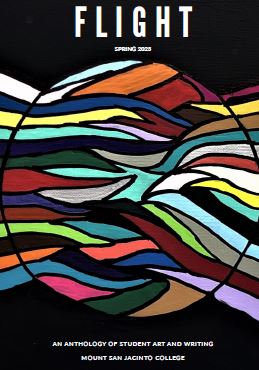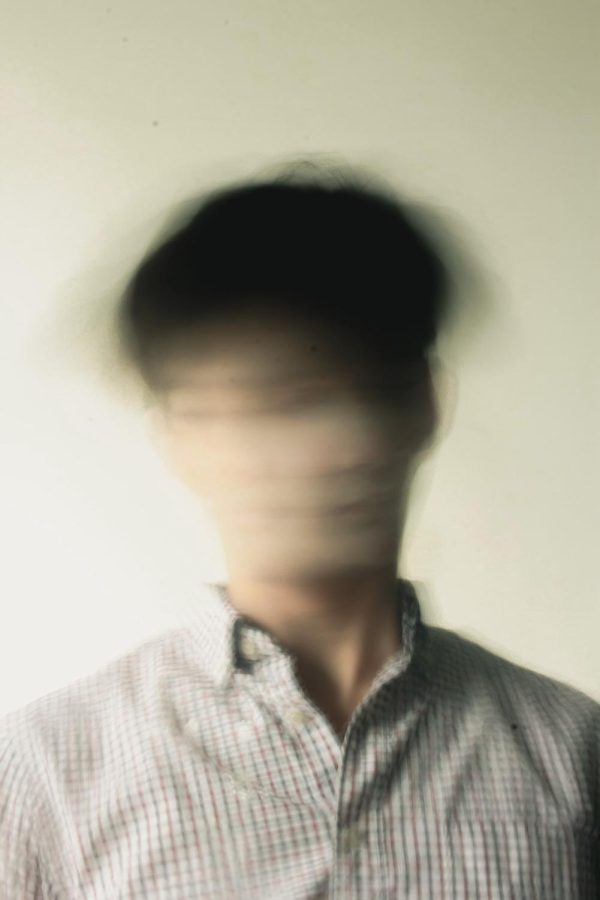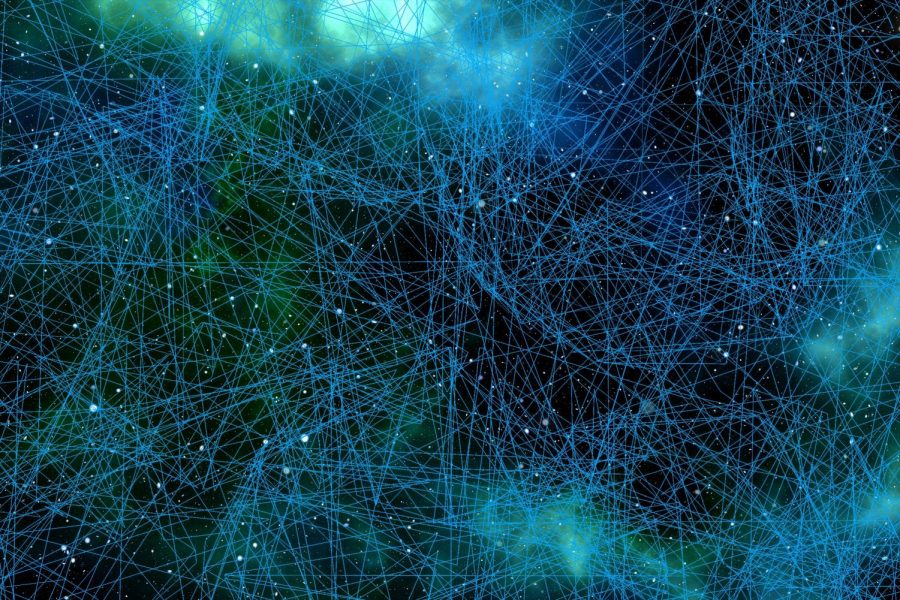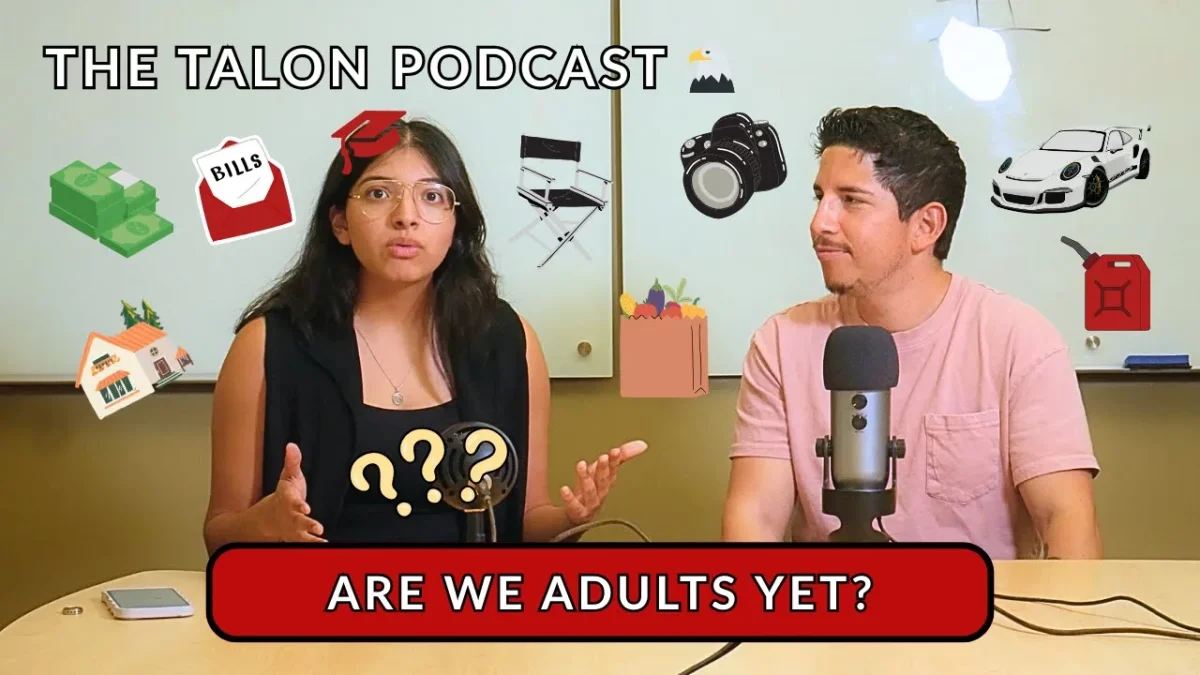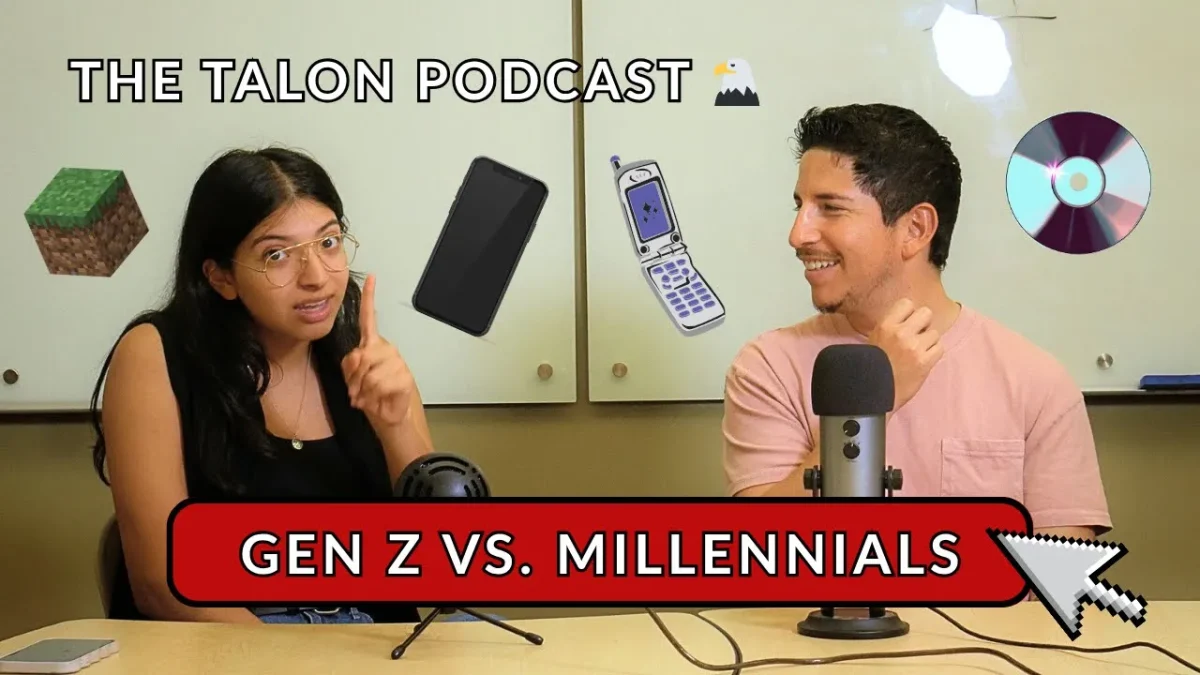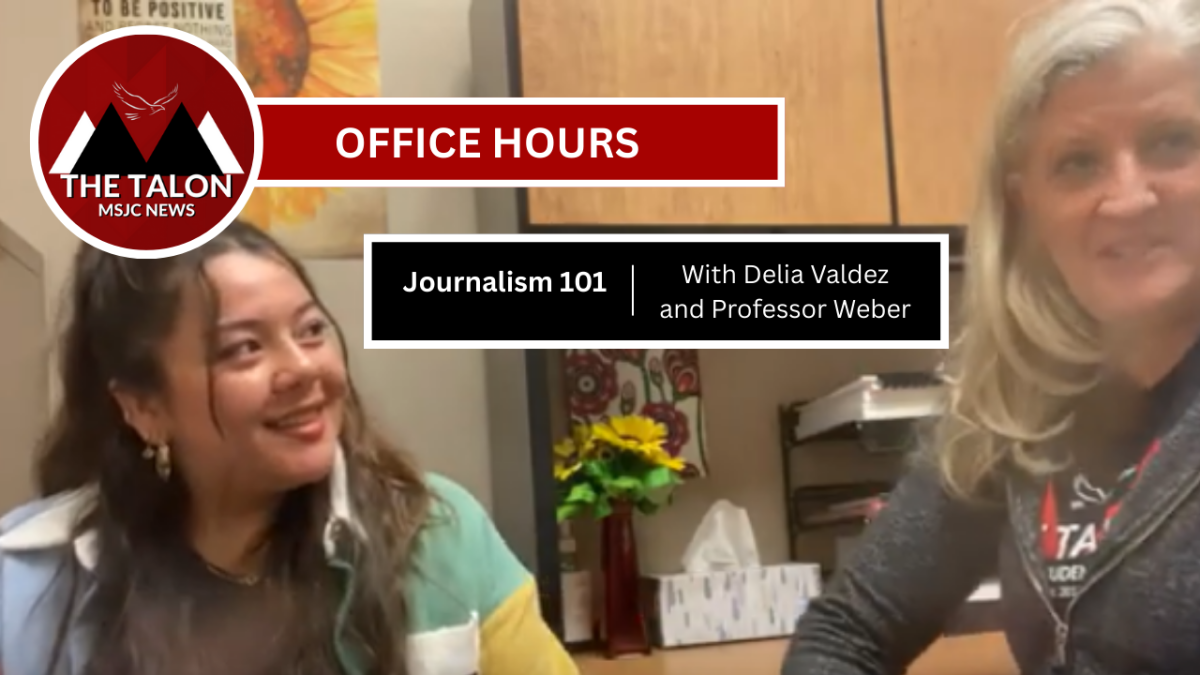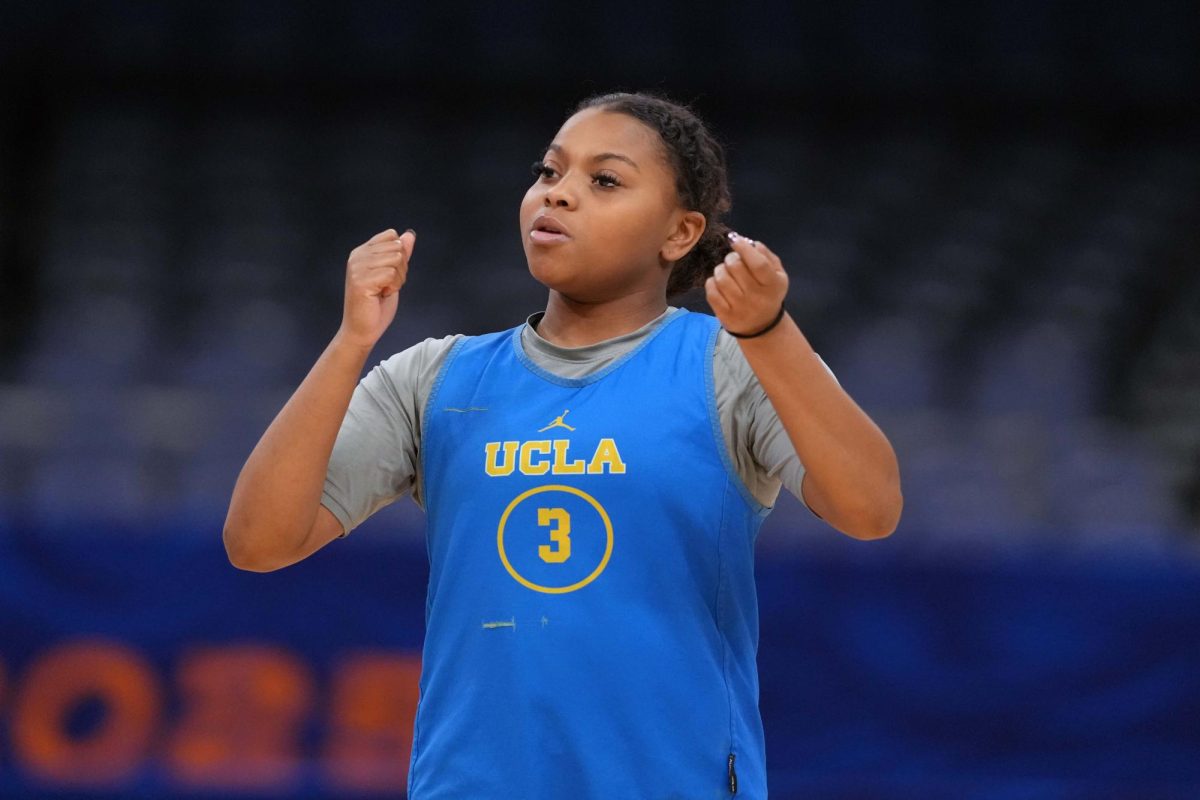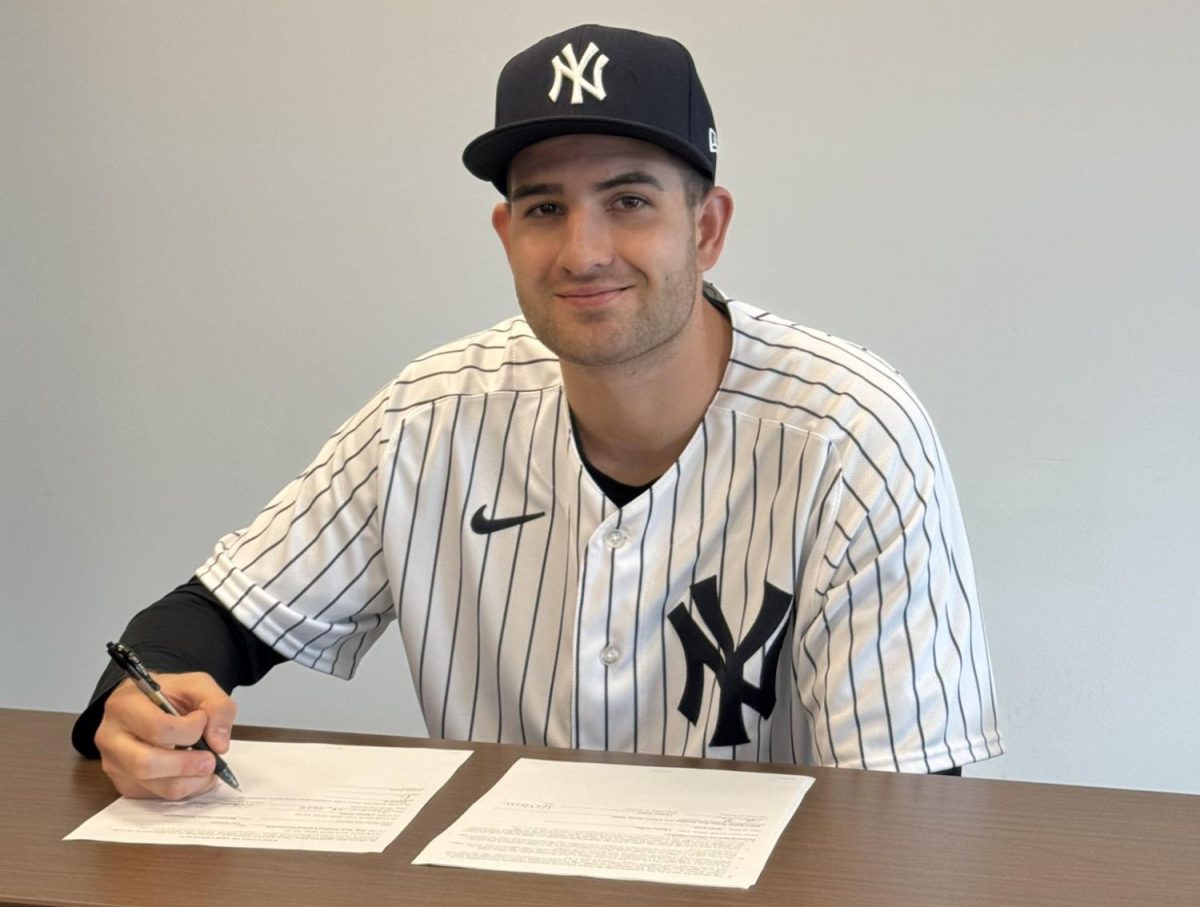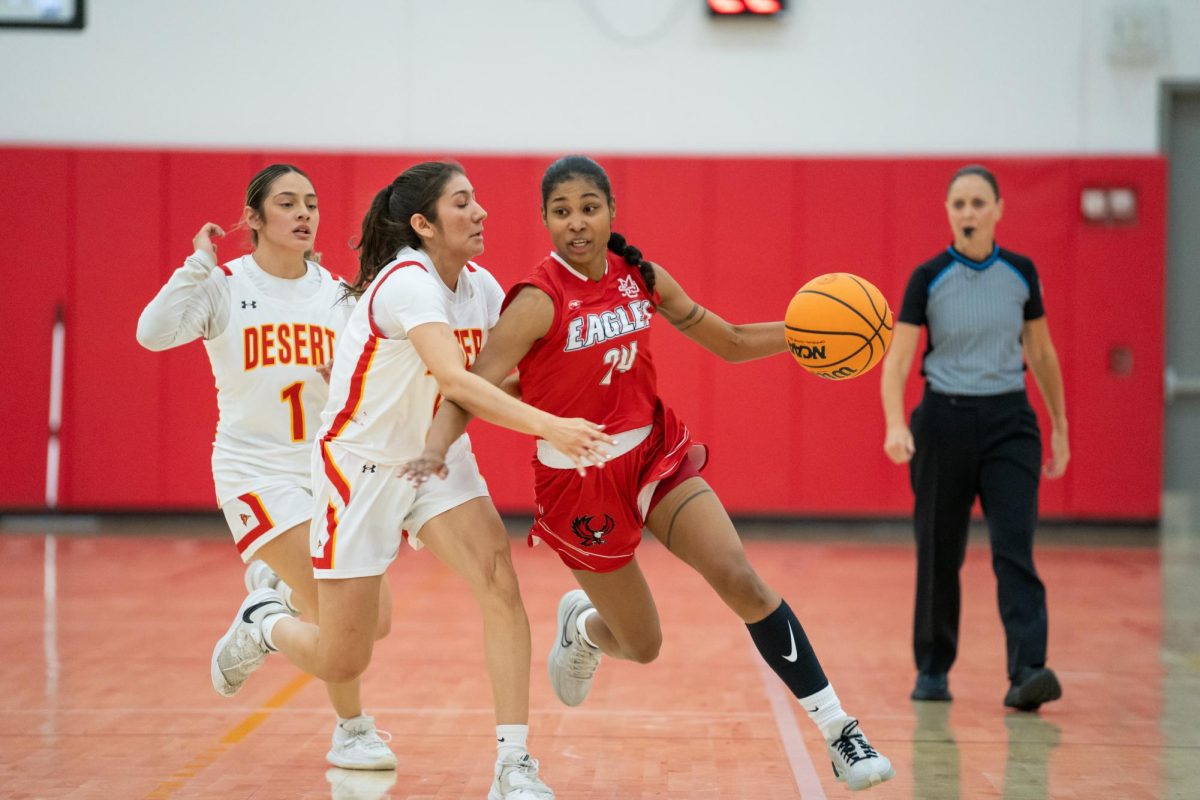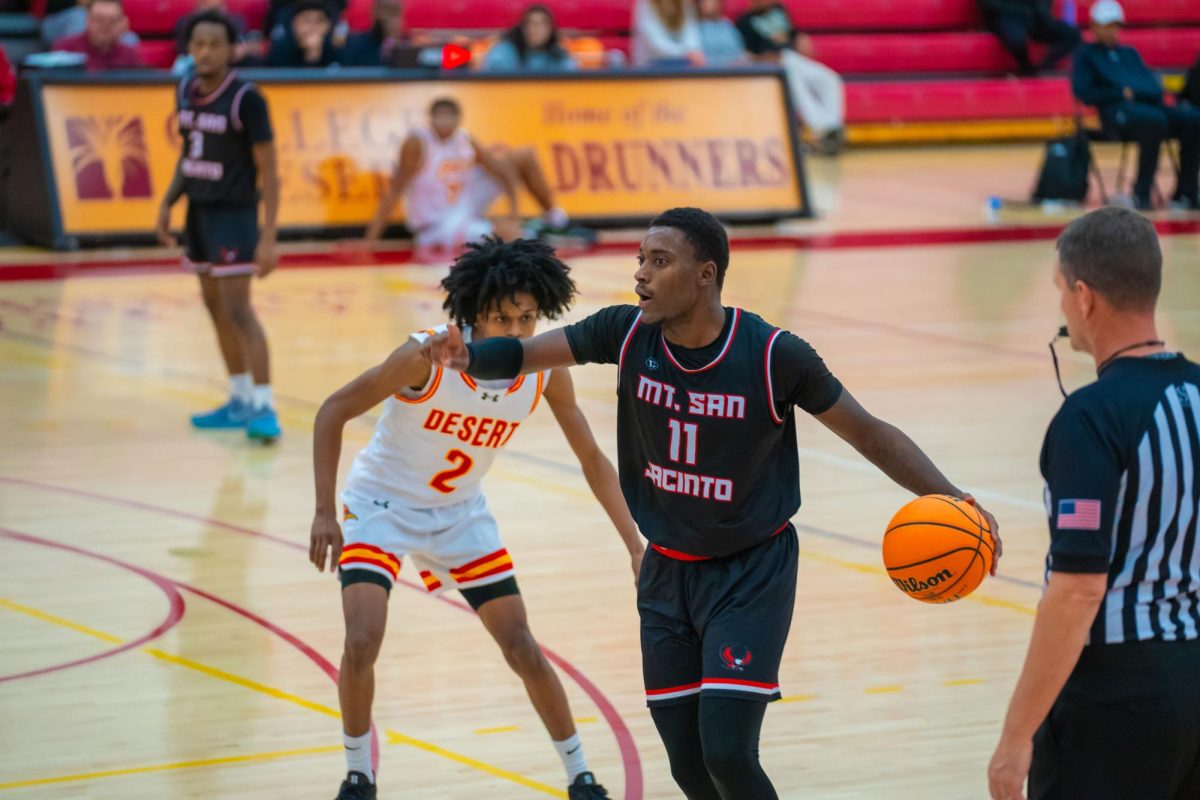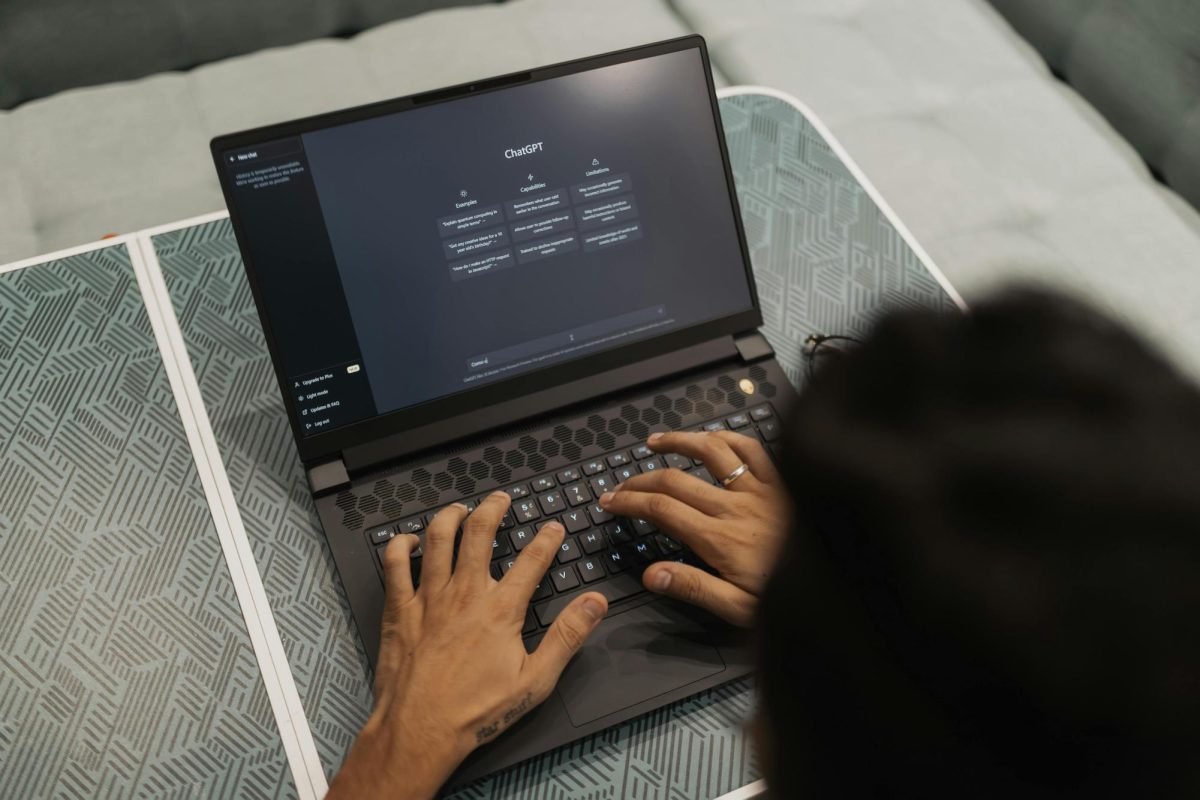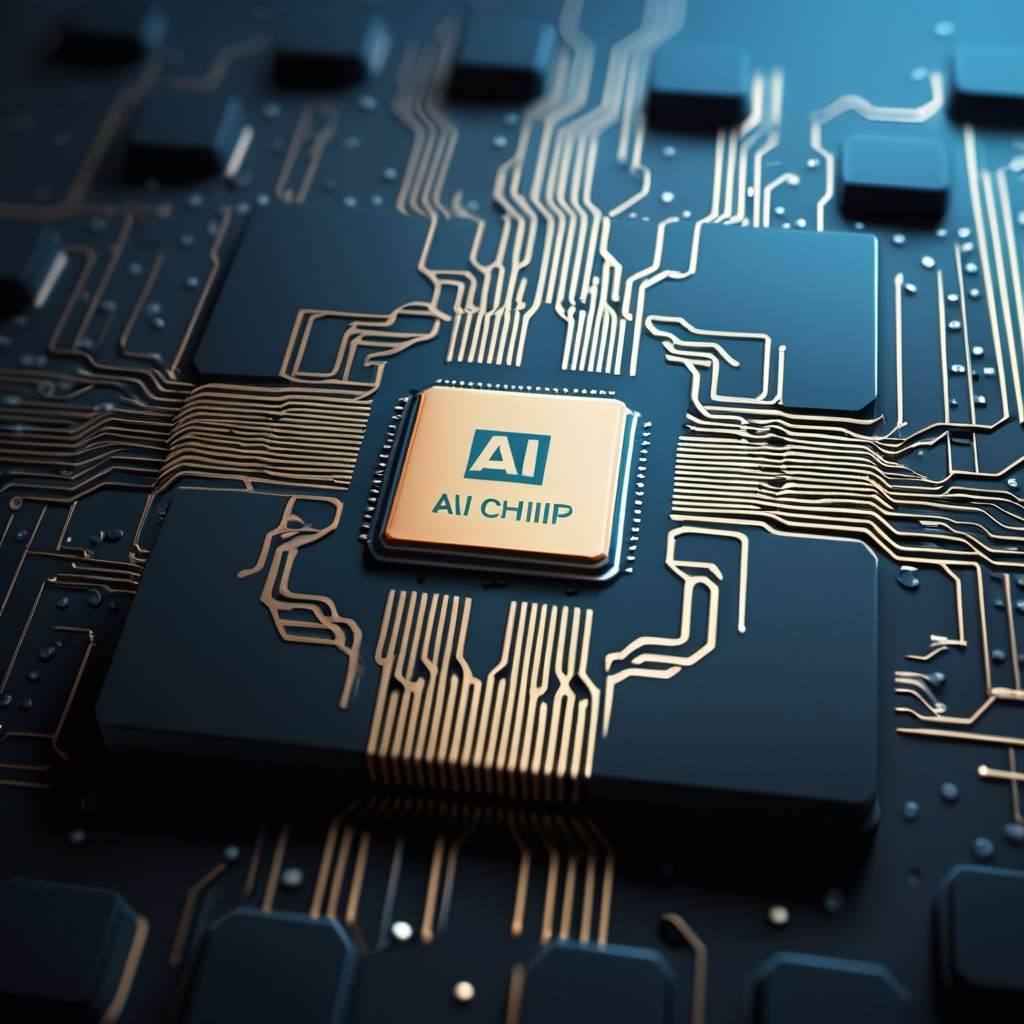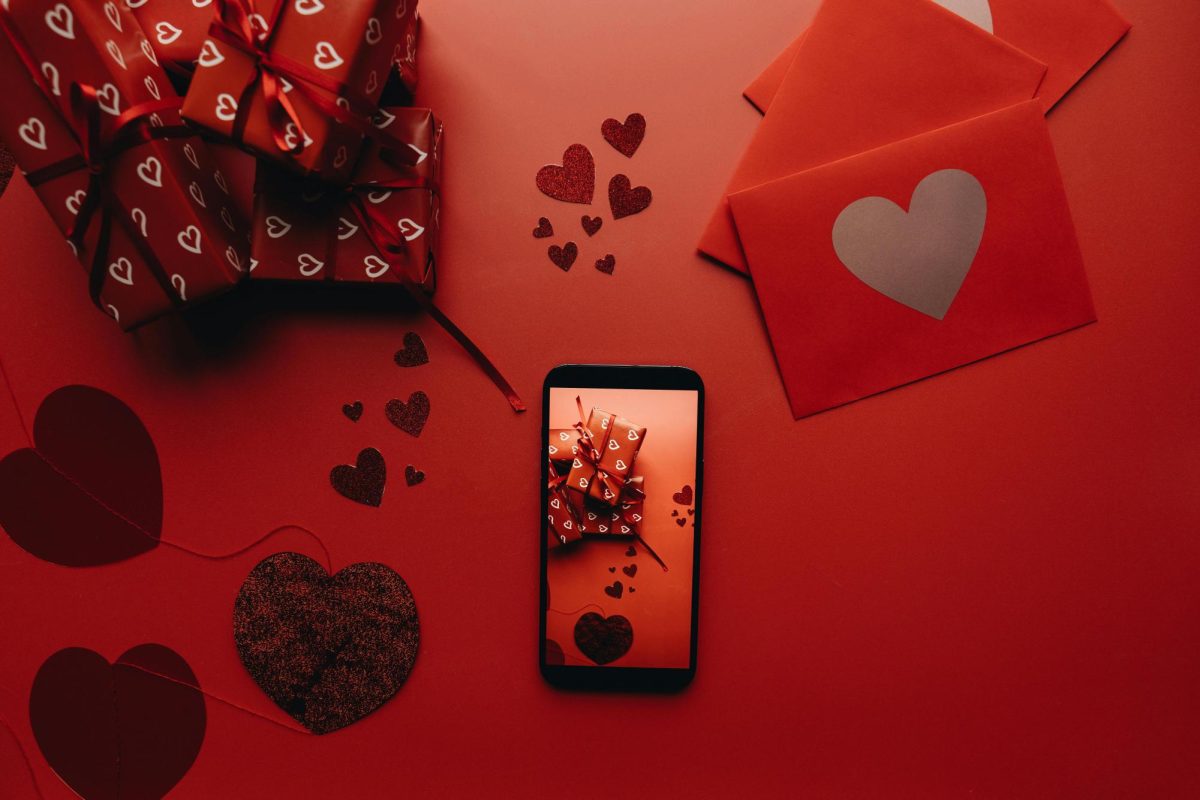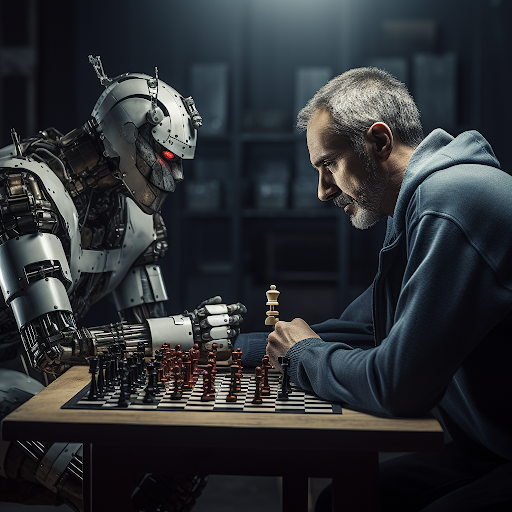With the rise of Generative Pre-trained Transformers, better known as GPTs, reshaping what many thought technology was capable of, Artificial Intelligence (AI) has quickly become one of the most talked-about developments. AI is becoming more deeply integrated into everyday life across the globe, with major social media platforms taking the lead. Facebook and Instagram, the first and third largest platforms worldwide, have begun incorporating AI features, such as chatbots and artificially generated images.
While tools like GPTs and image generators have dominated headlines, artificially generated music has been quietly advancing in the background. Technologies such as Suno are now pushing the boundaries of what AI can create in the music industry, with new technology that allows it to create full length songs with vocals and multiple instruments. Although these developments are undeniably exciting, they also raise serious concerns, particularly for artists who may find their creative work devalued or replaced in the process. Many fear that music created without human input strips away the personal and cultural context that gives songs their emotional depth. For musicians who build their careers on authentic storytelling, the idea of being replaced by a machine that mimics their sound is alarming.
One of the biggest concerns artists face when introduced with the problem of AI-generated music is monetization and corporate exploitation. Companies, such as Coca Cola, are beginning to use Artificially Generated Art in marketing campaigns. Many artists fear that as AI takes over tasks like creating logos and graphics, it will reduce opportunities and income for creators, potentially putting many out of work. While the issue currently concerns visual mediums, it is likely that artificial music will be used by companies for similar cost-cutting reasons. AI allows corporations to sidestep the licensing fees and creative negotiations that come with hiring real musicians. This affects working artists and erodes the value of creative labor across the board.
There has already been notable pushback against AI-generated art, with tools like Glaze embedding hidden data into artworks, which is imperceivable to the human eye but designed to make it harder for AI models to replicate the art style. It is rumored that a similar program is being developed for music. Artists and developers alike are now working on protective technologies to help preserve the uniqueness of man-made content. These tools are part of a broader movement to assert artistic control and safeguard creative industries from being mined by algorithms. The emergence of such tools reflects growing frustration with the unchecked growth of generative AI and its implications for ownership and consent.
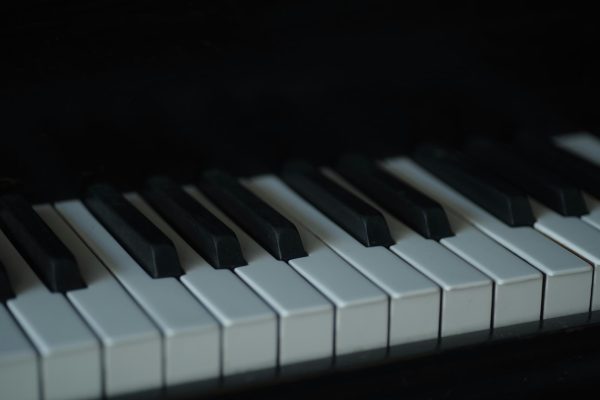
Independent artists are likely to be the most affected by artificial music, as most aren’t backed by record labels that can push back against distributors licensing their work to AI databases. Many of these artists rely on freelance jobs, commissions, or small-scale releases to sustain themselves, making any disruption in income potentially devastating. The future for artists is uncertain, and AI’s increasing contribution is a concern for many.


